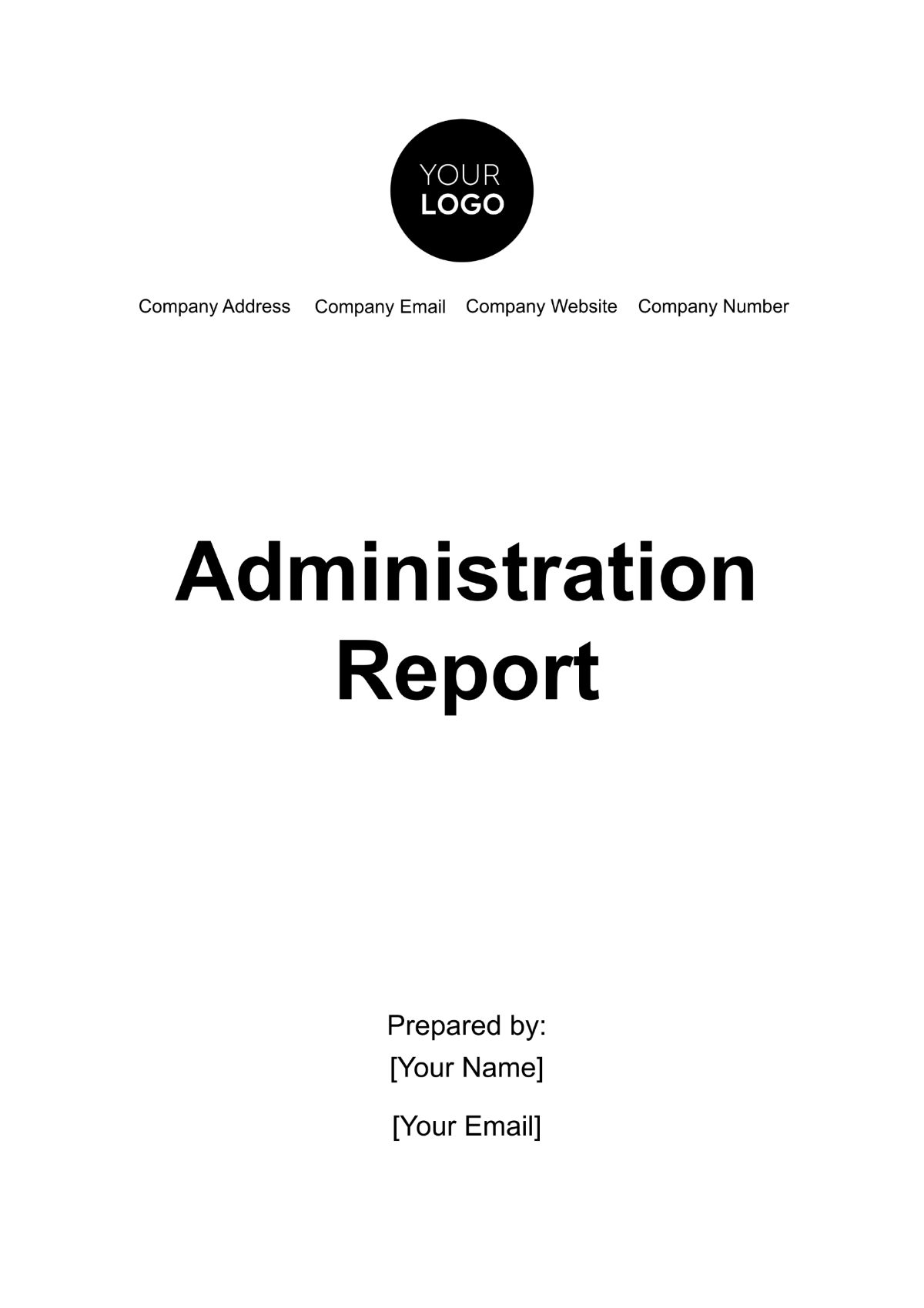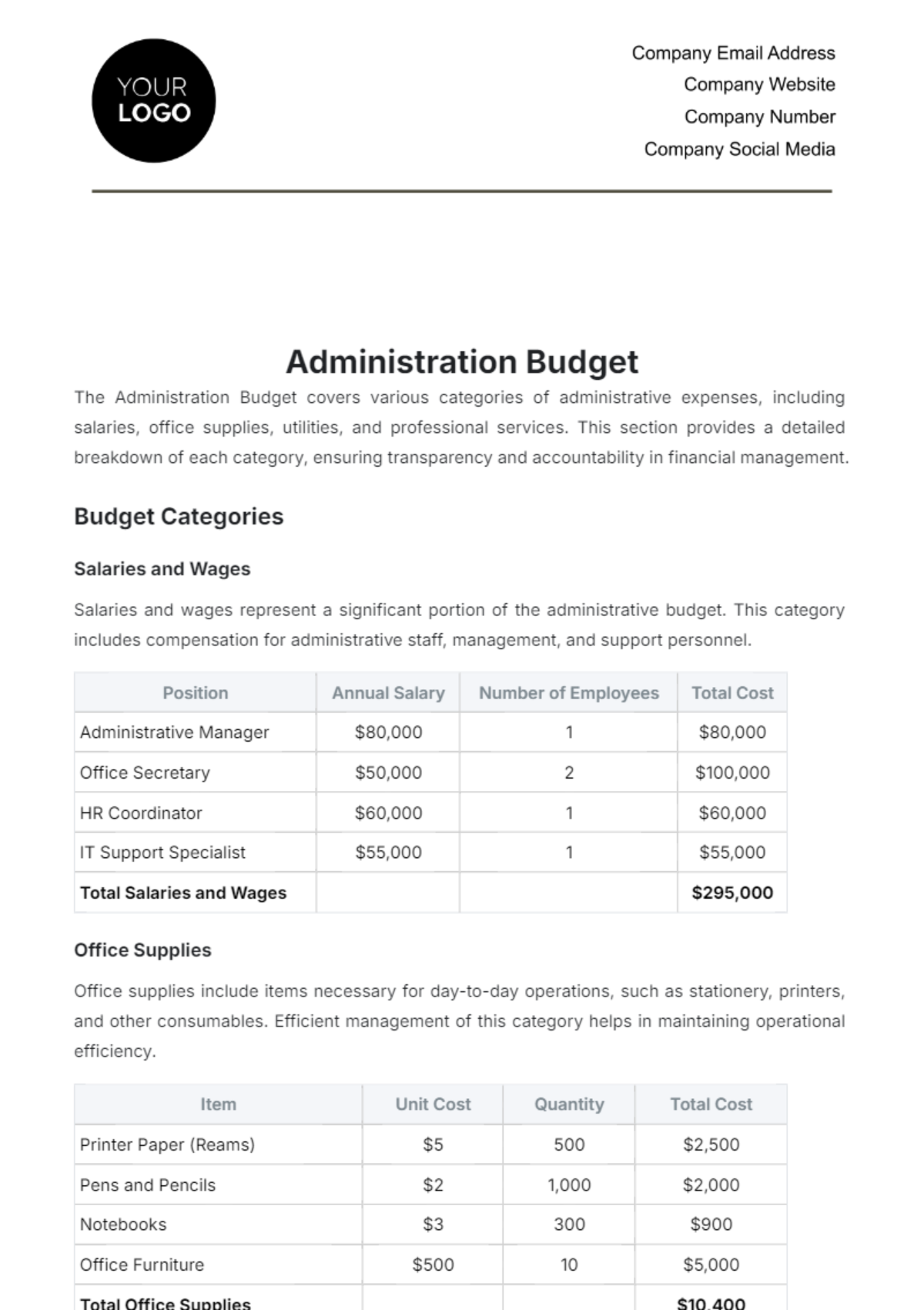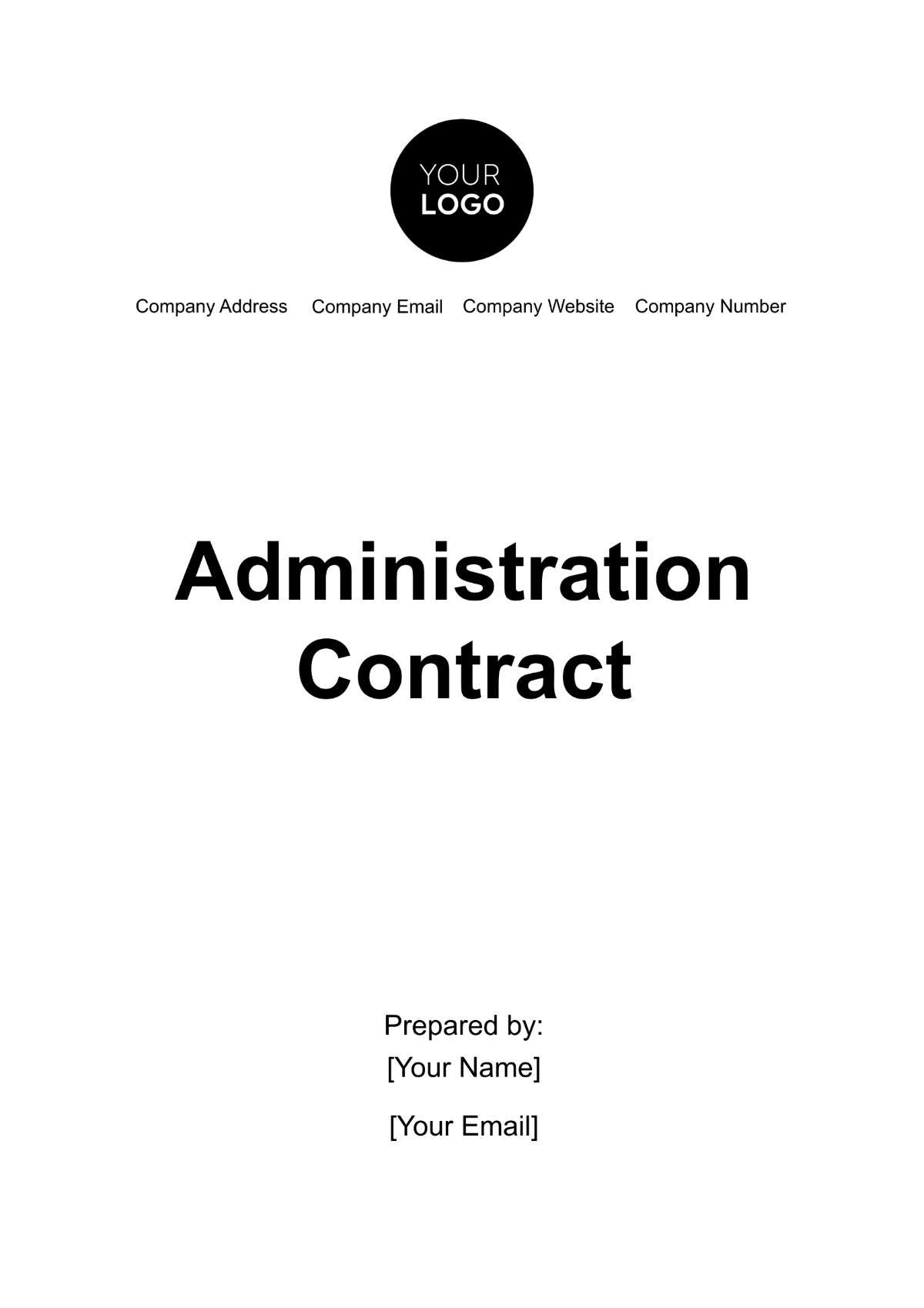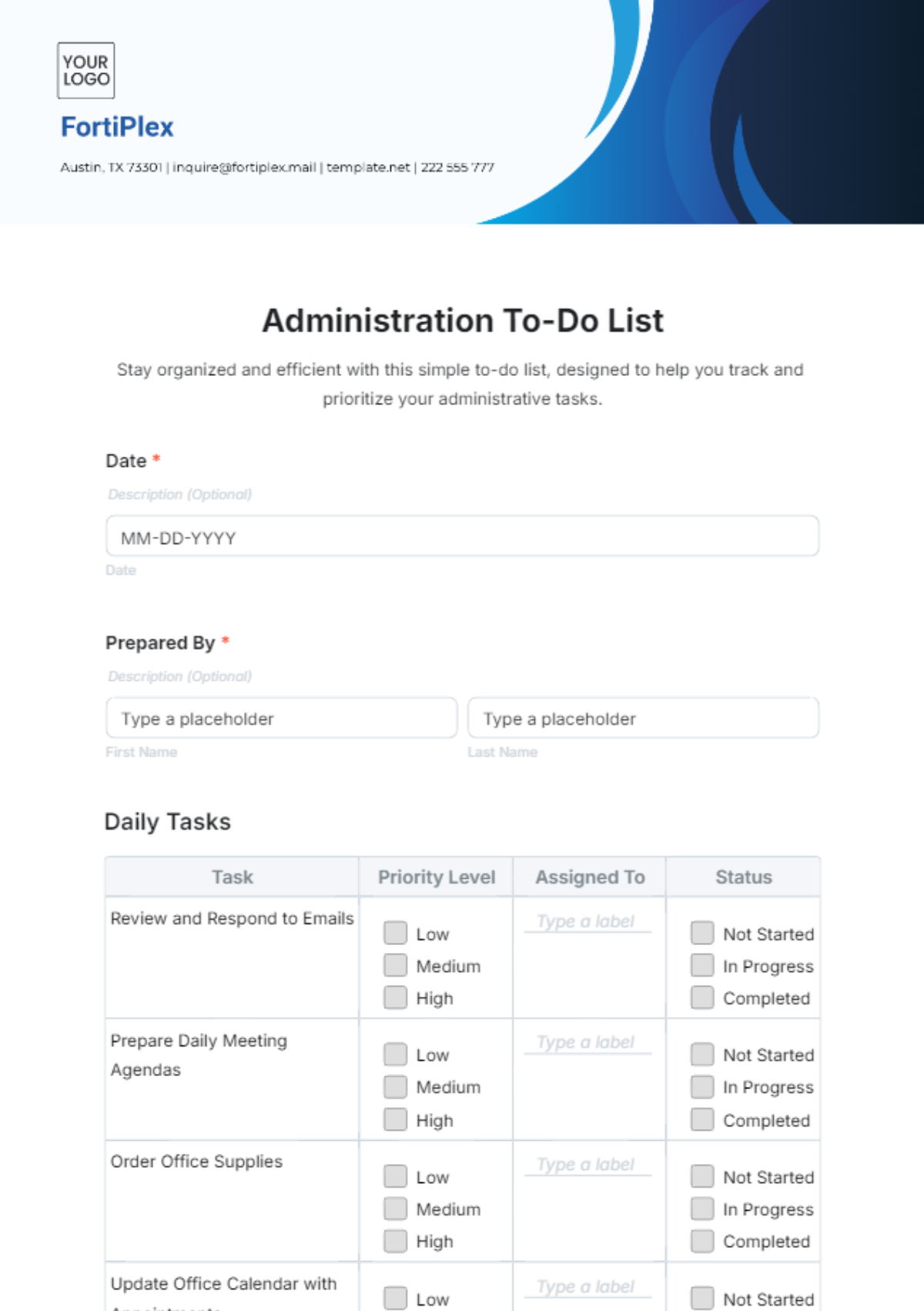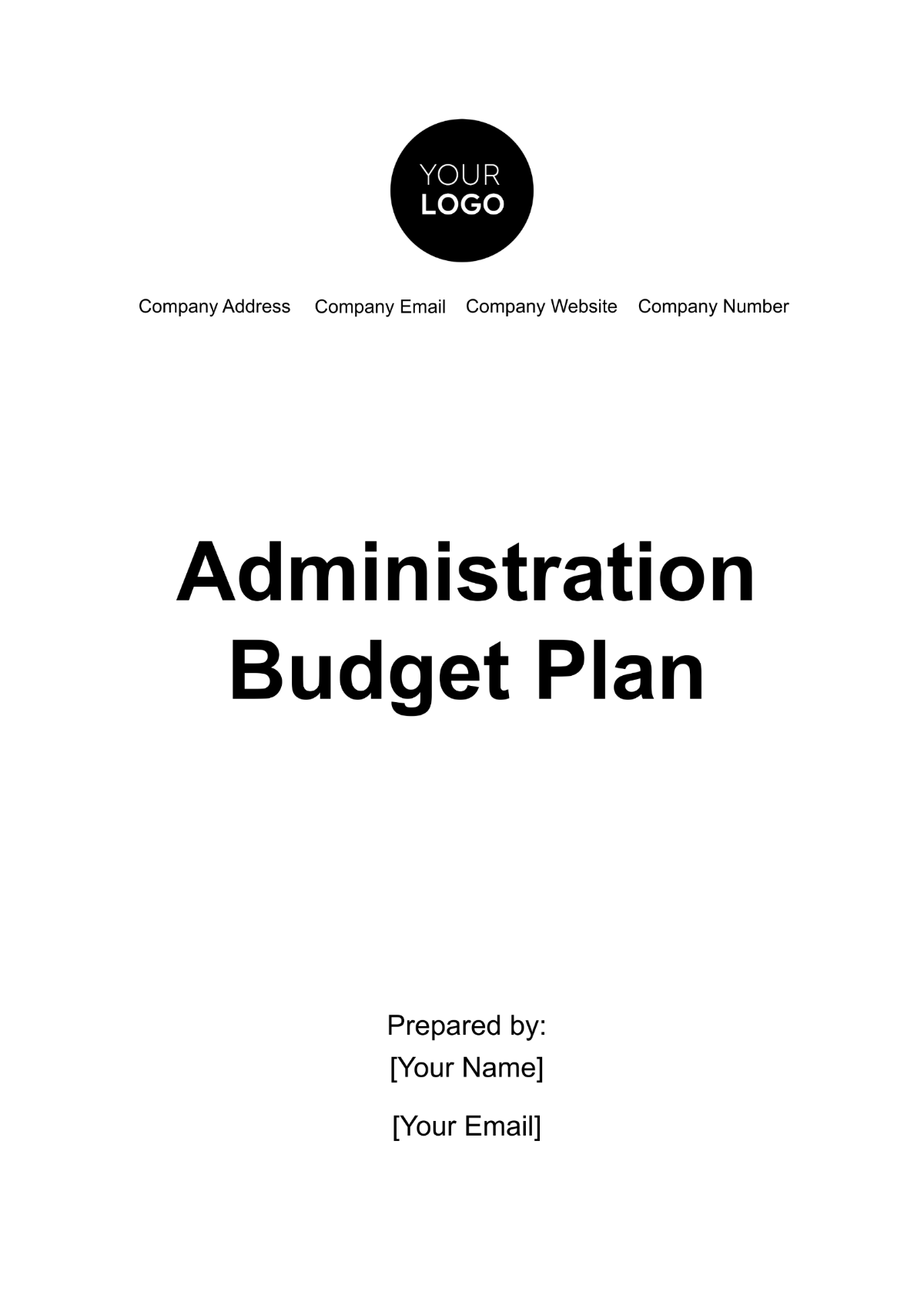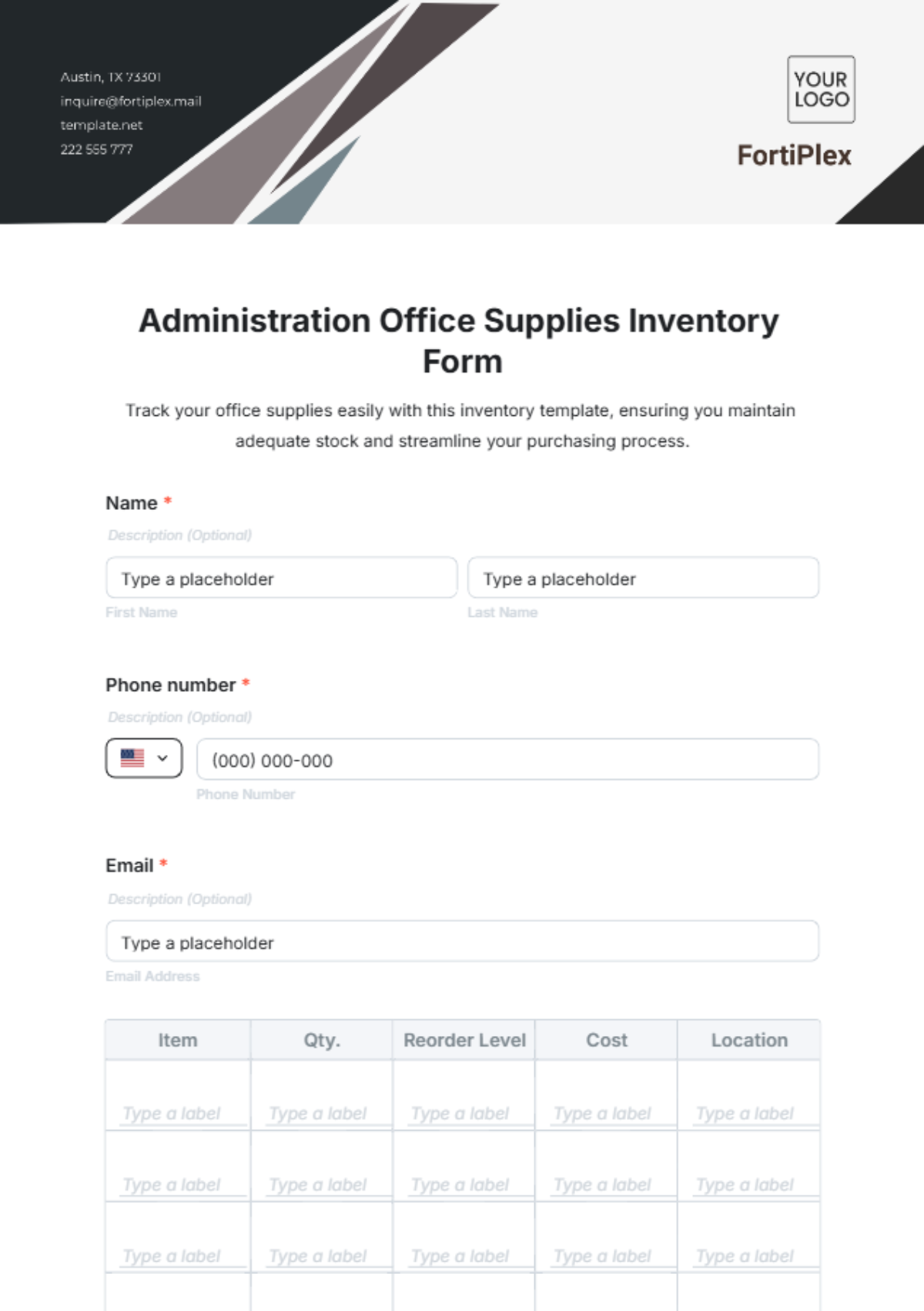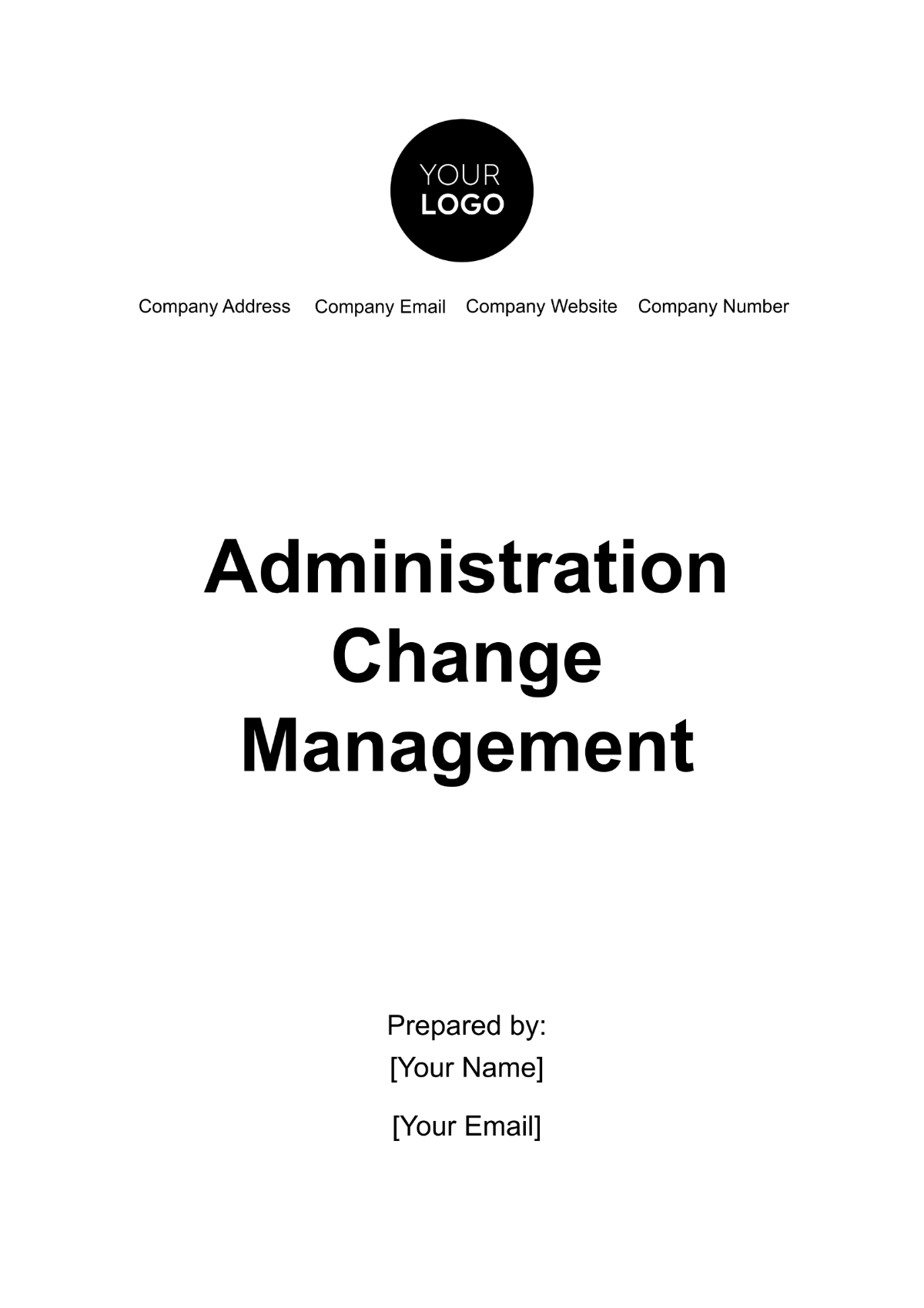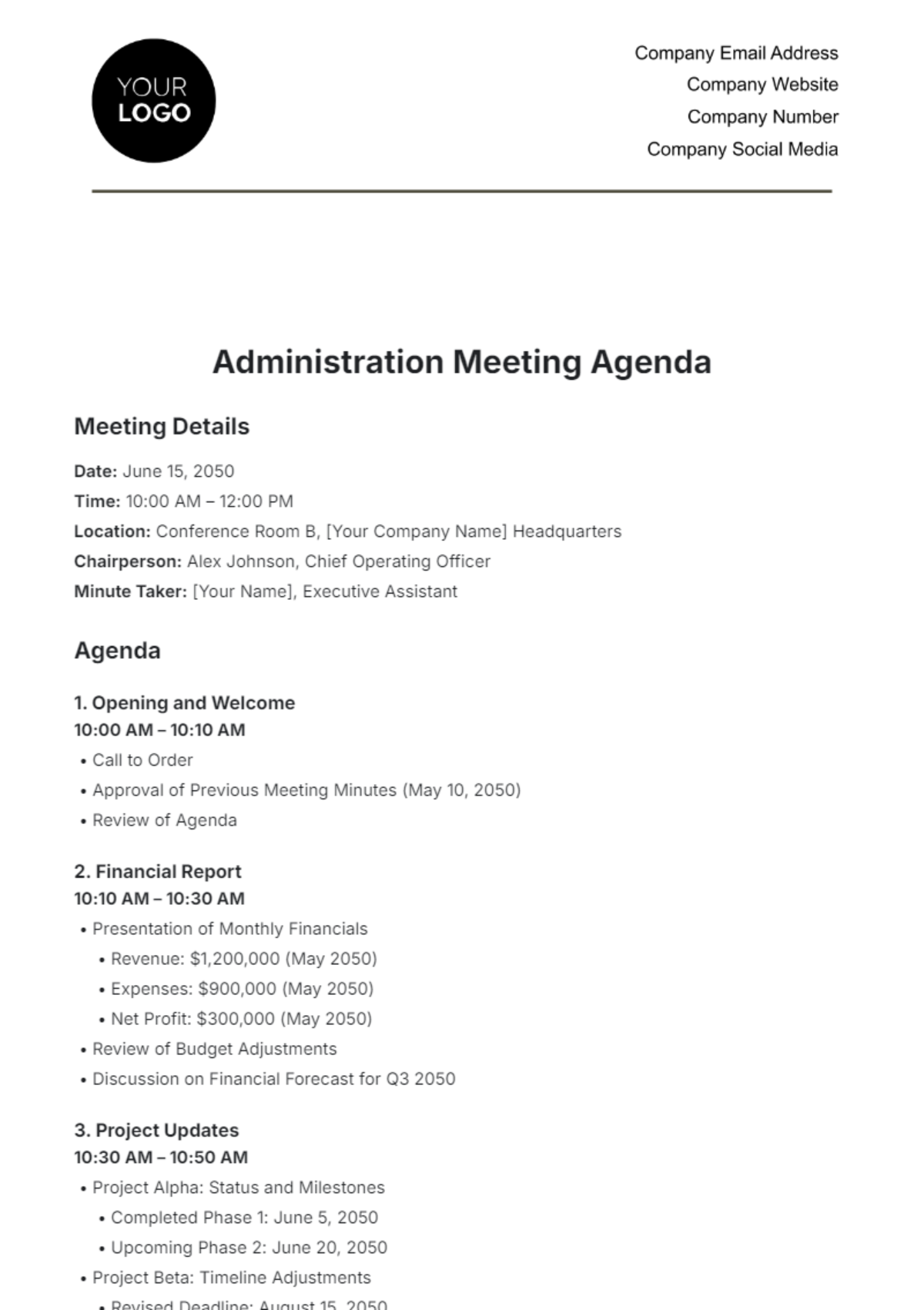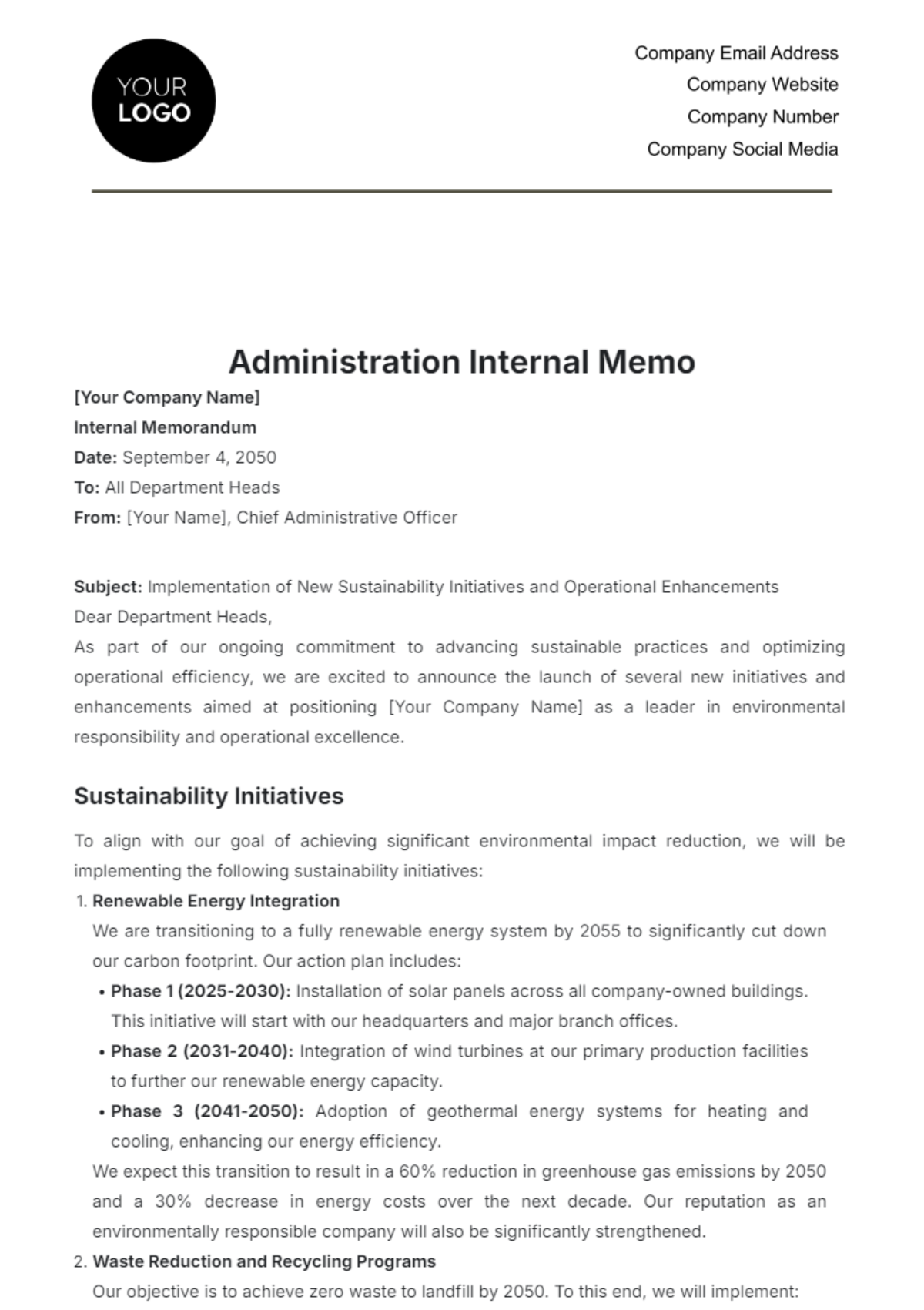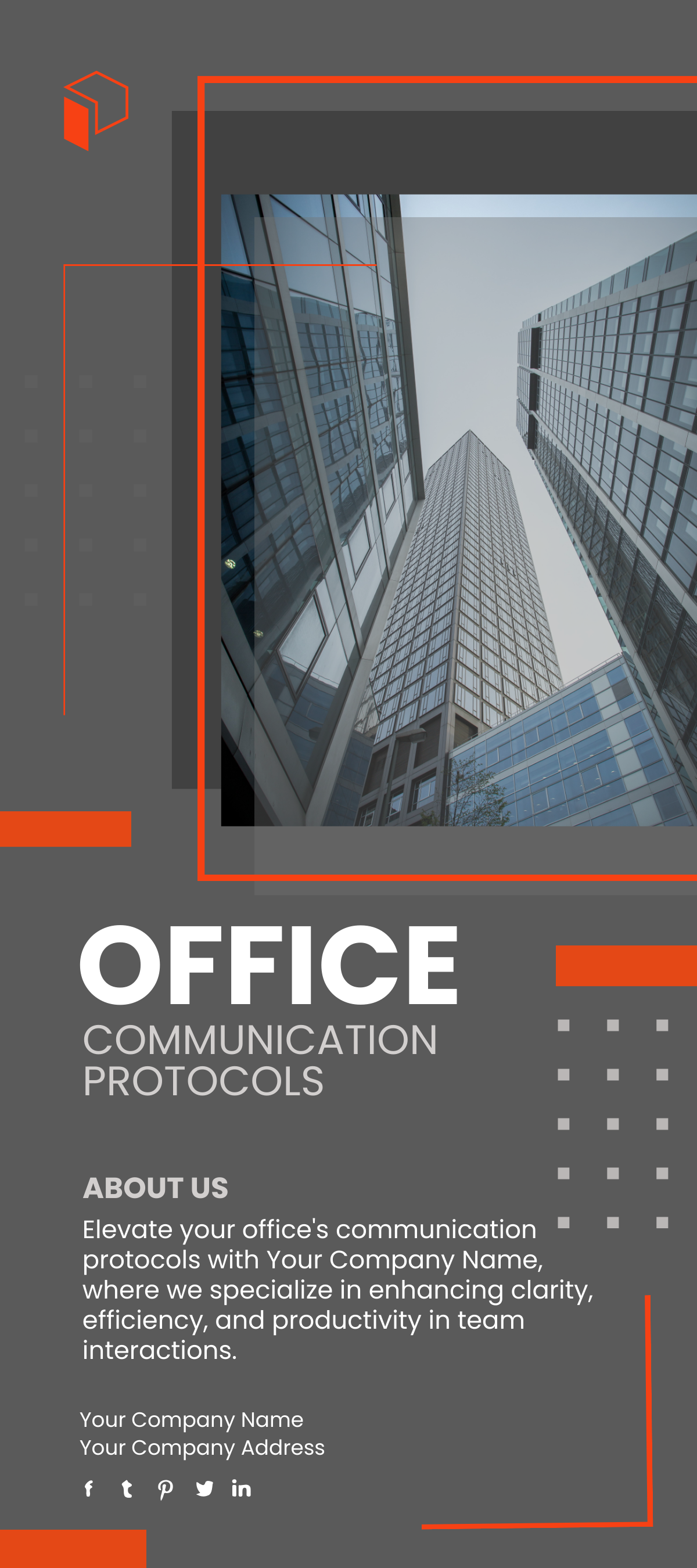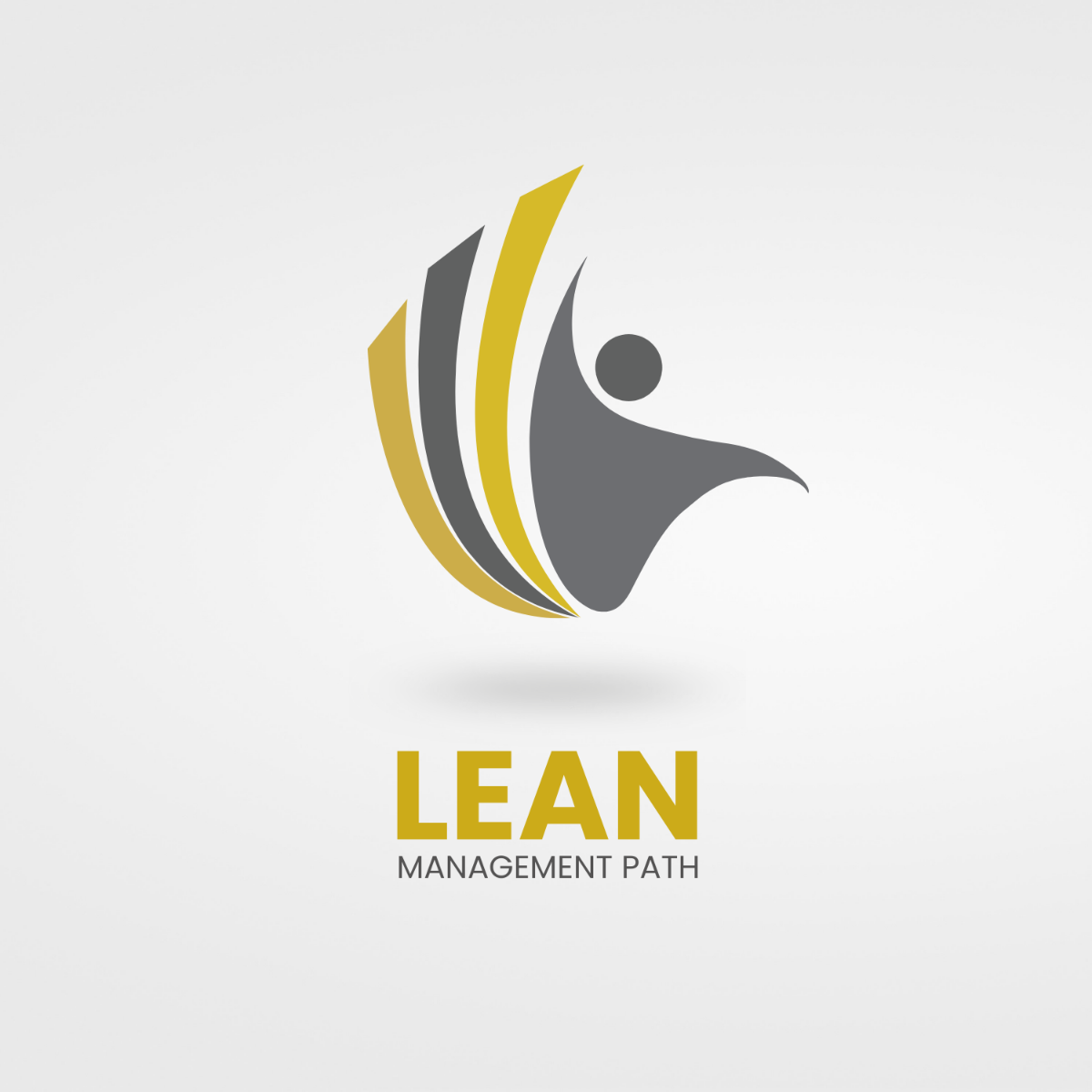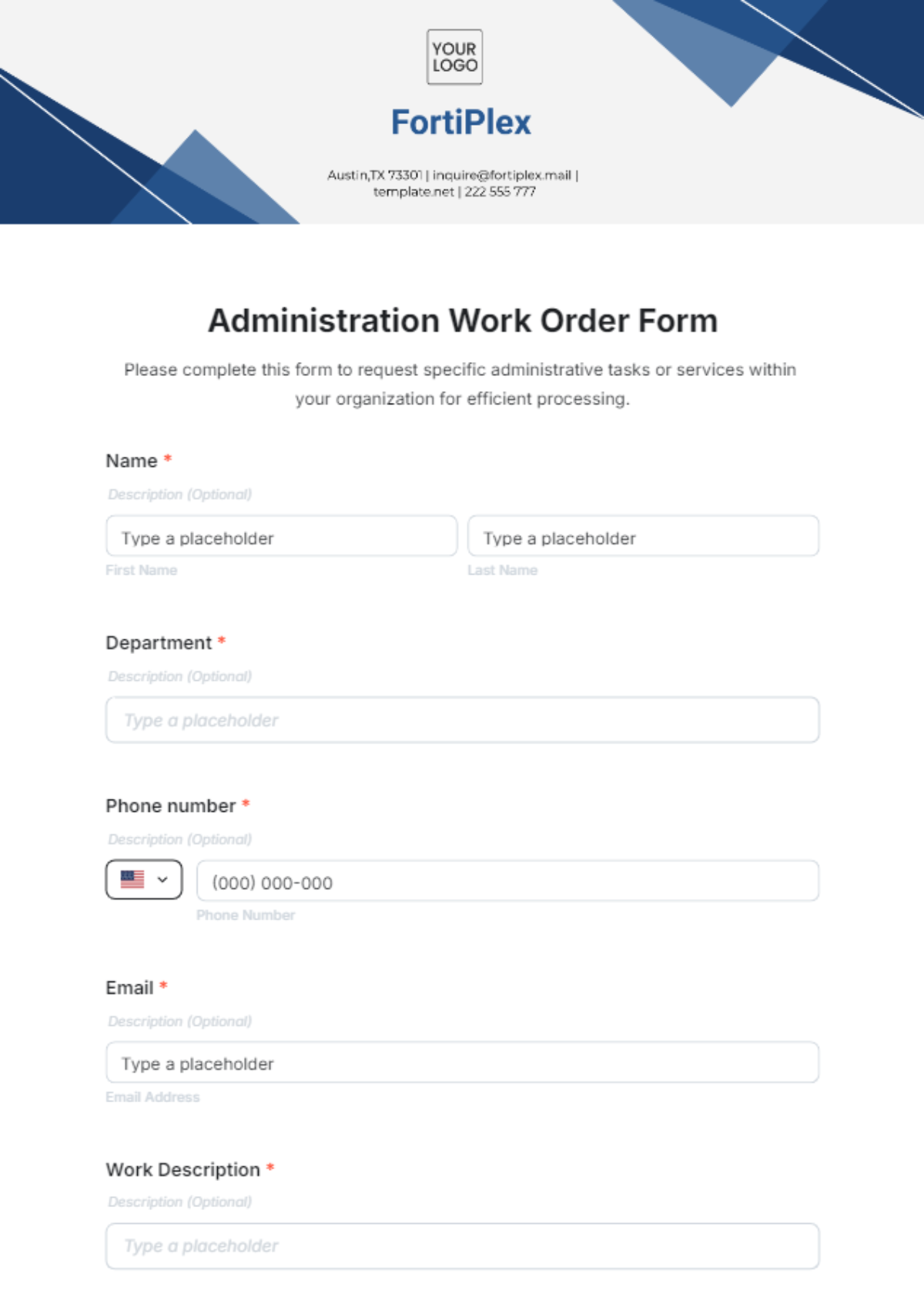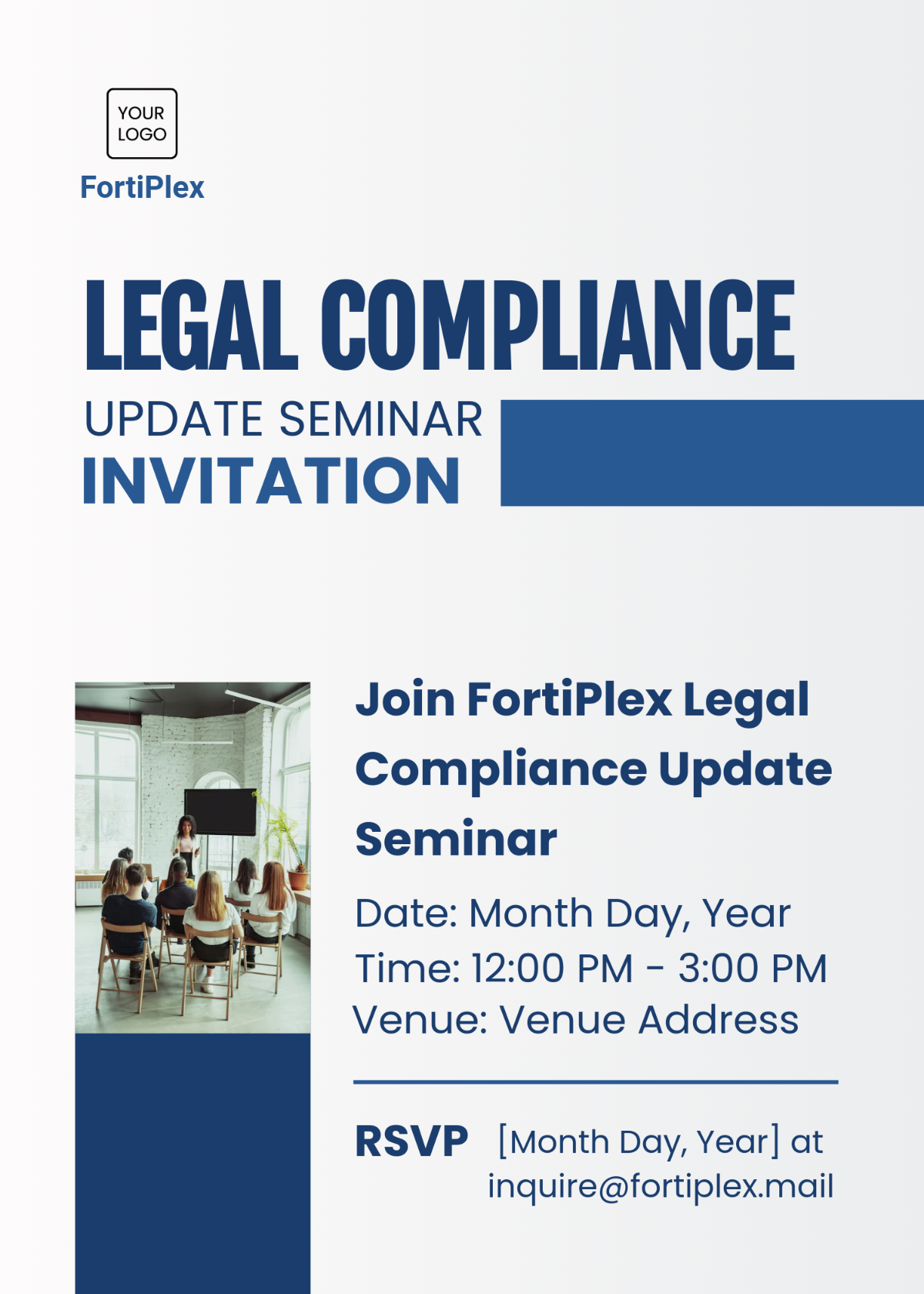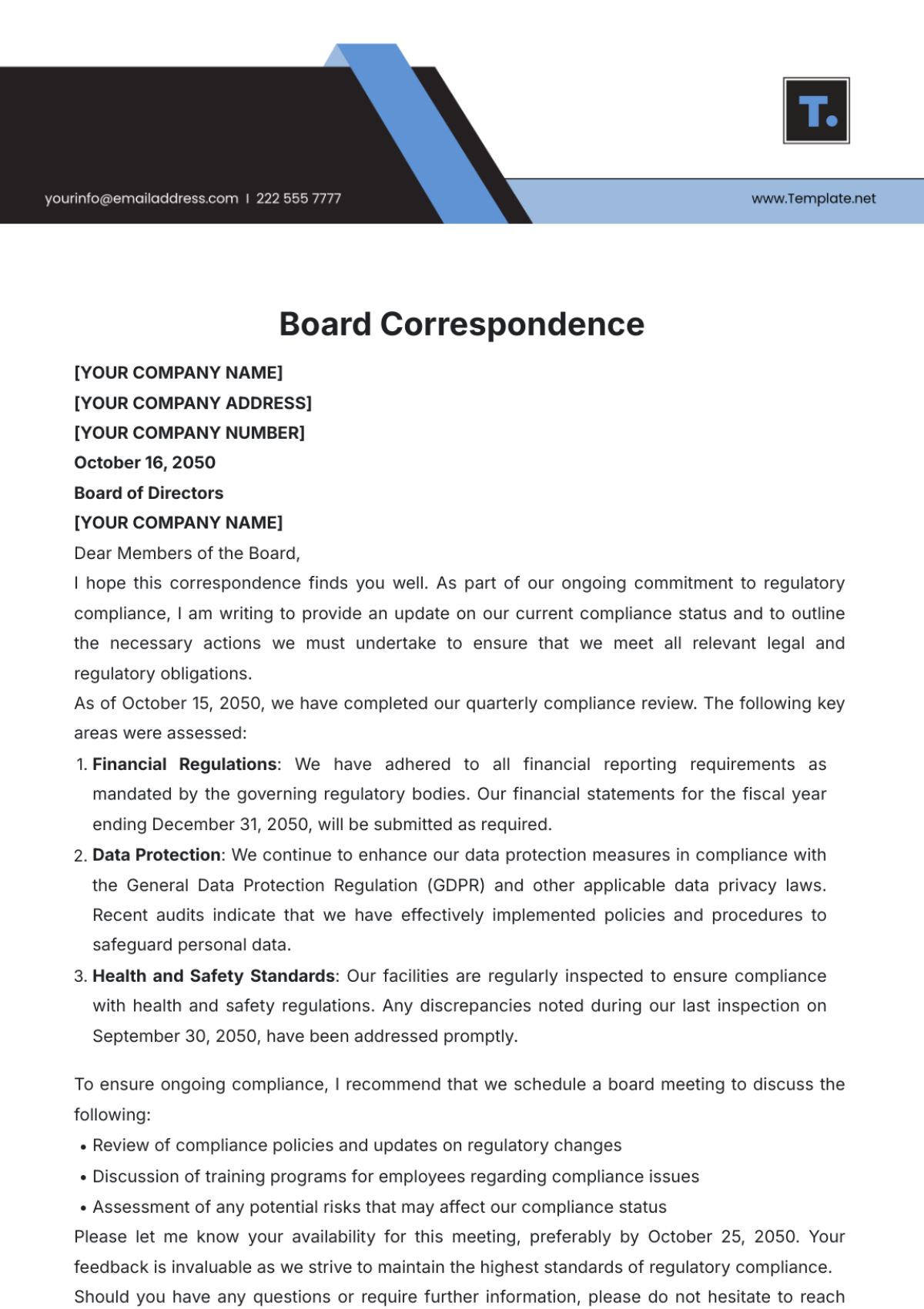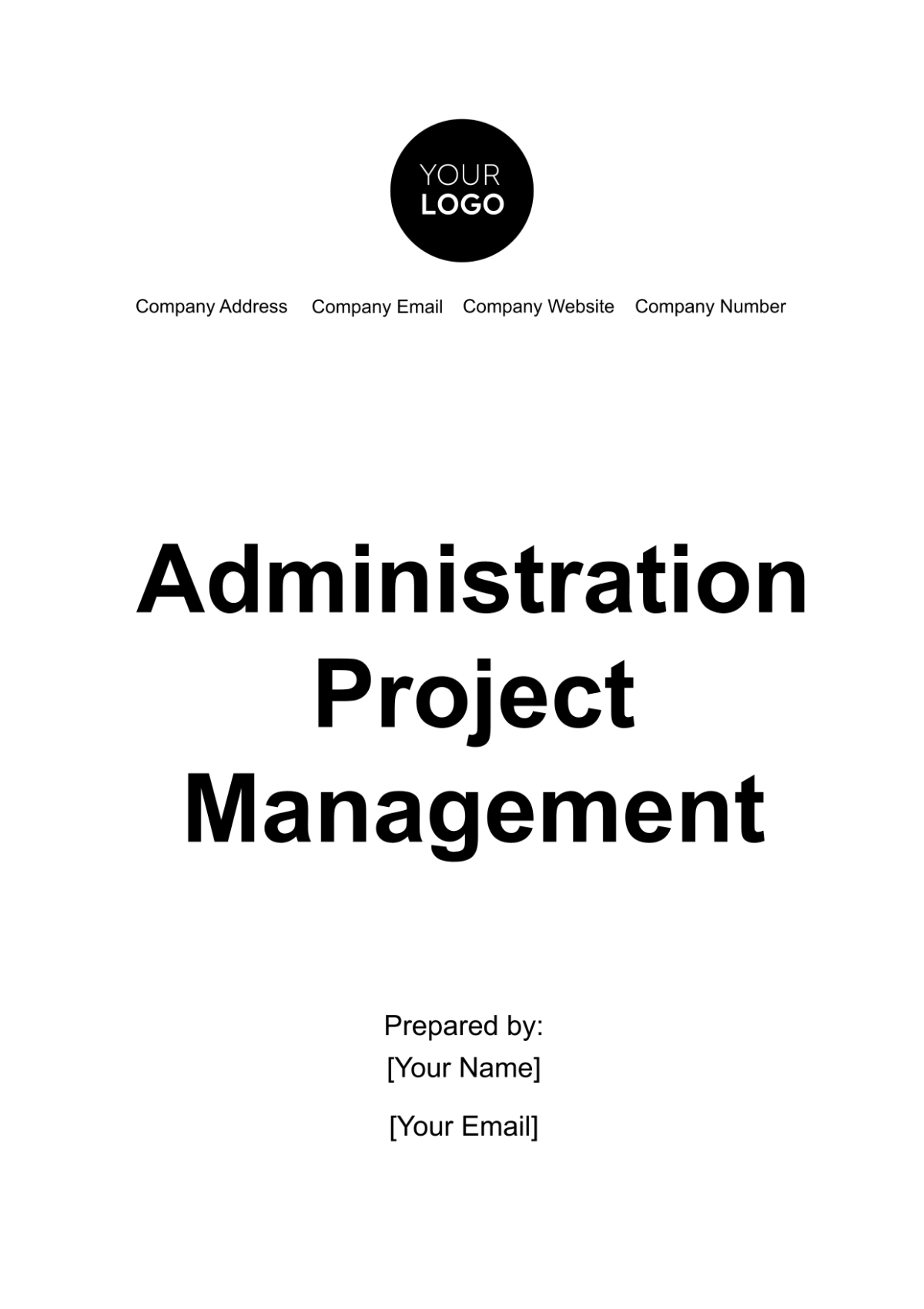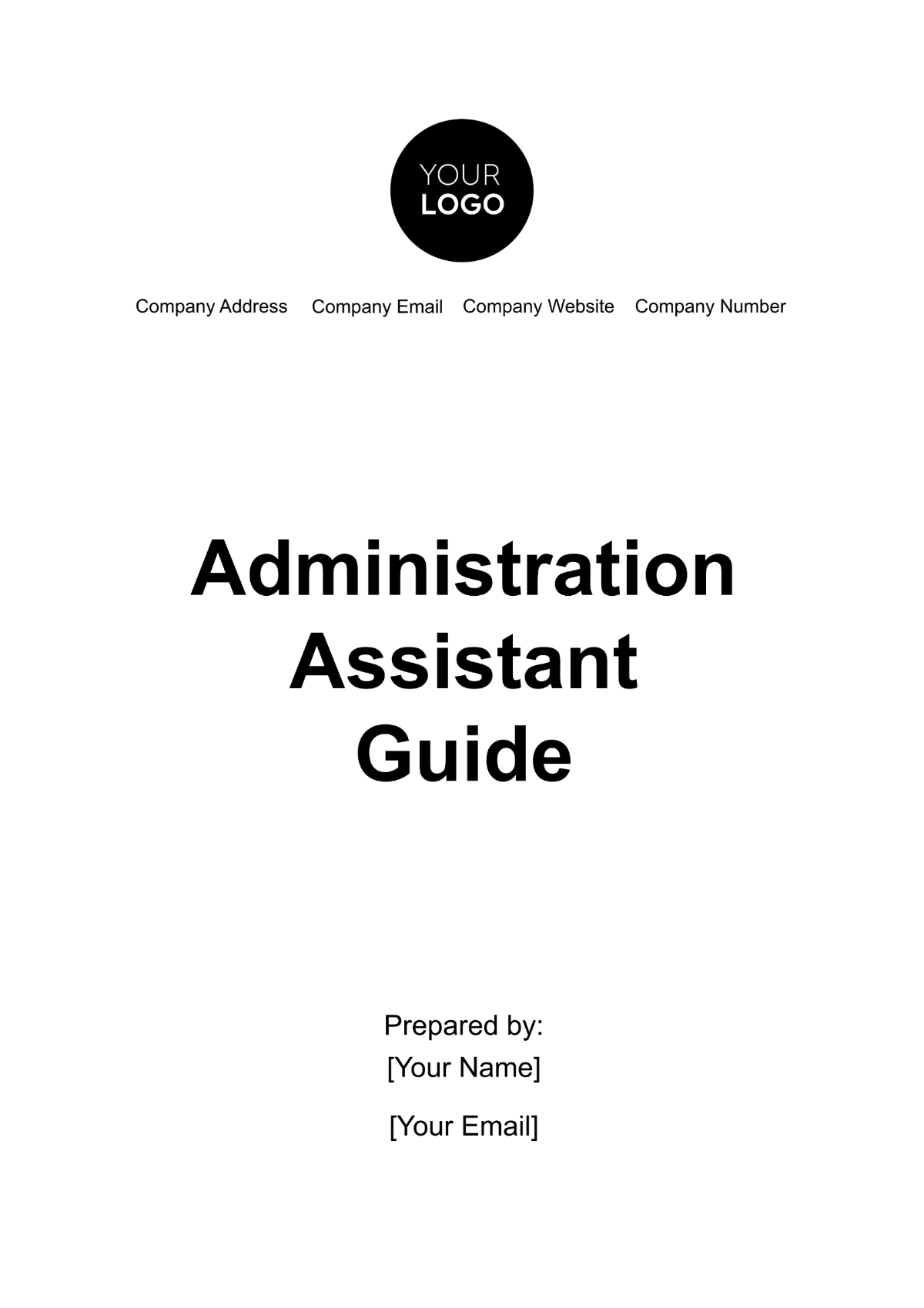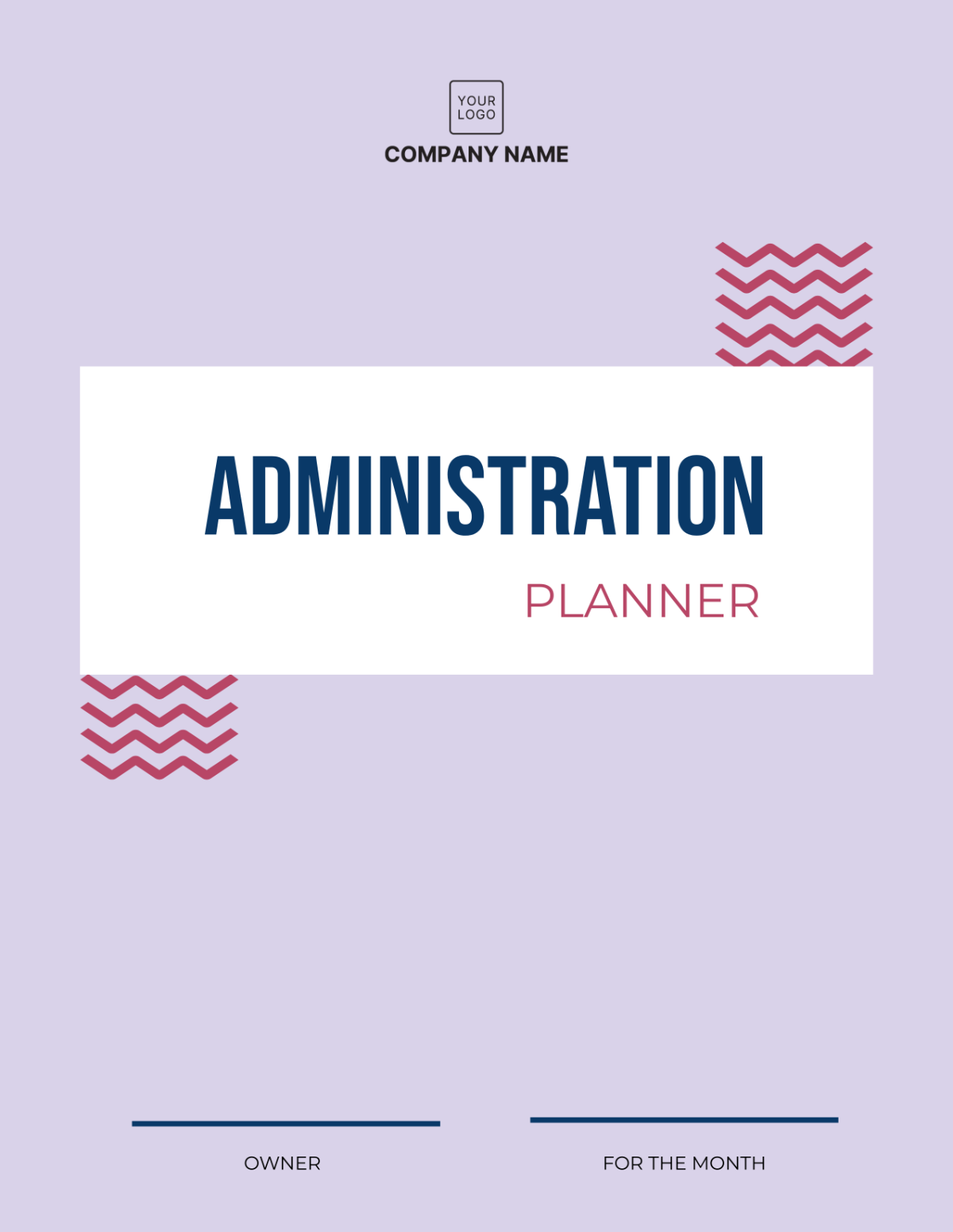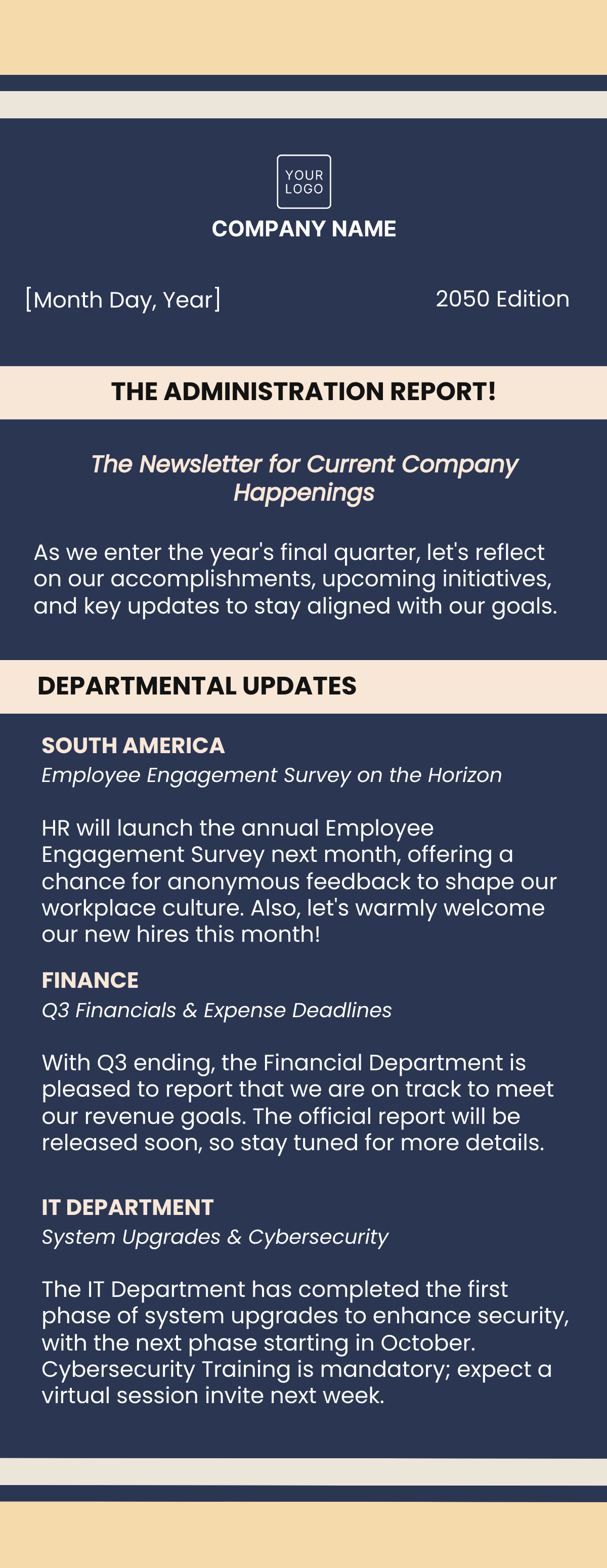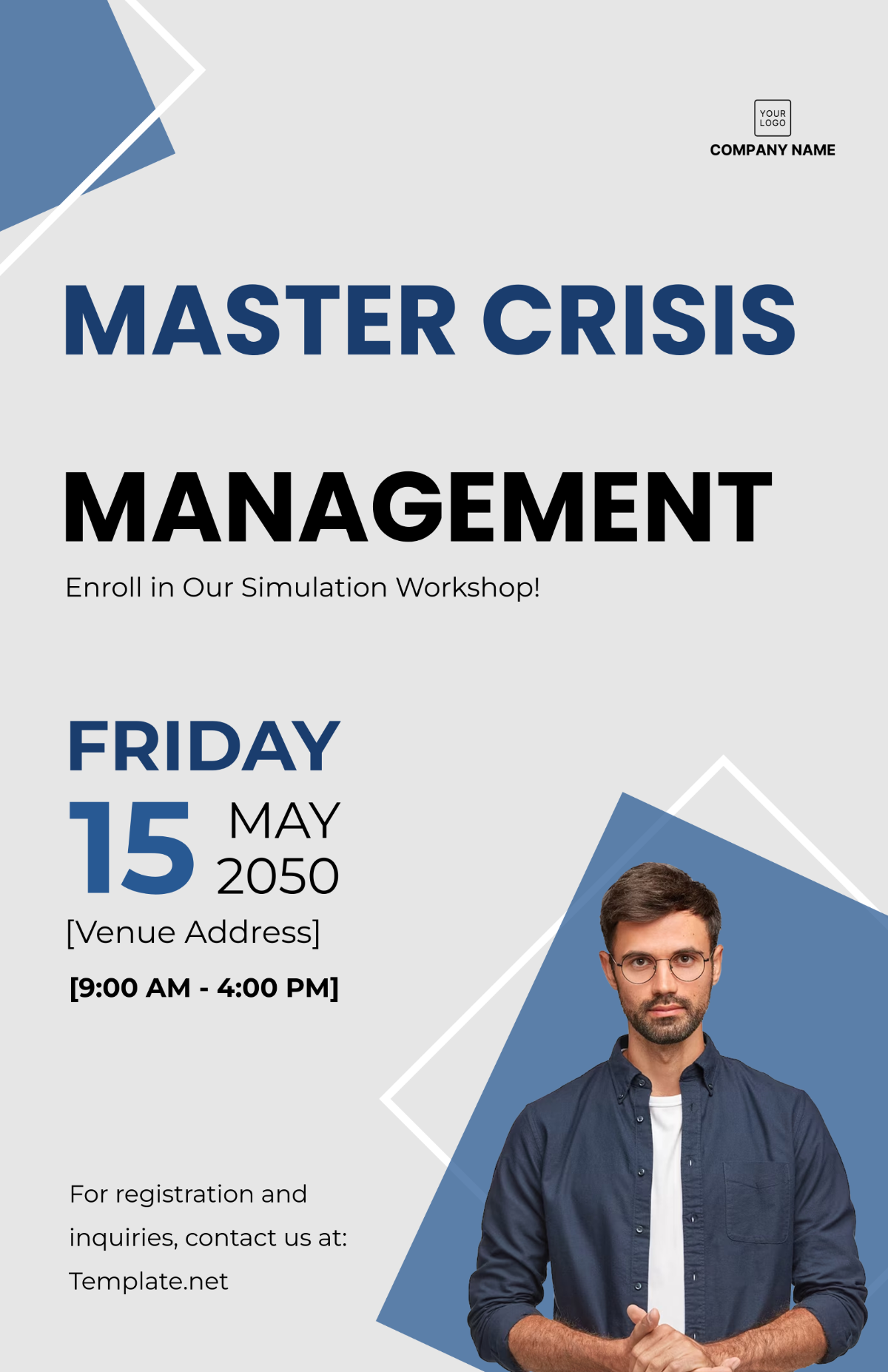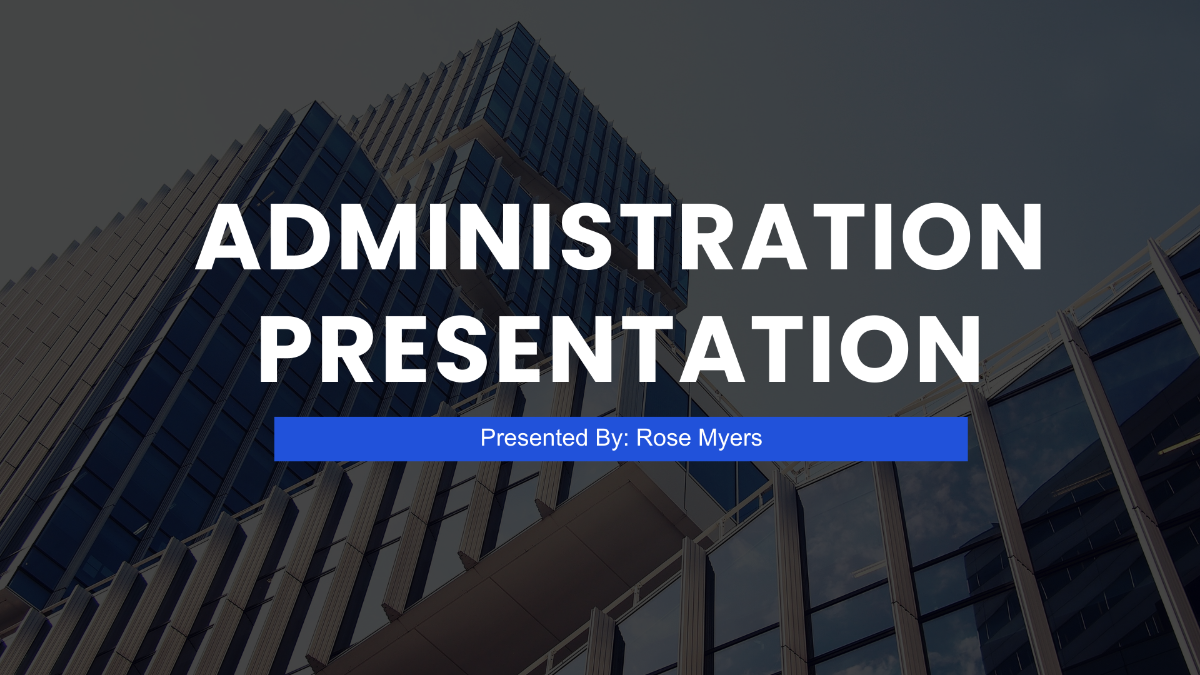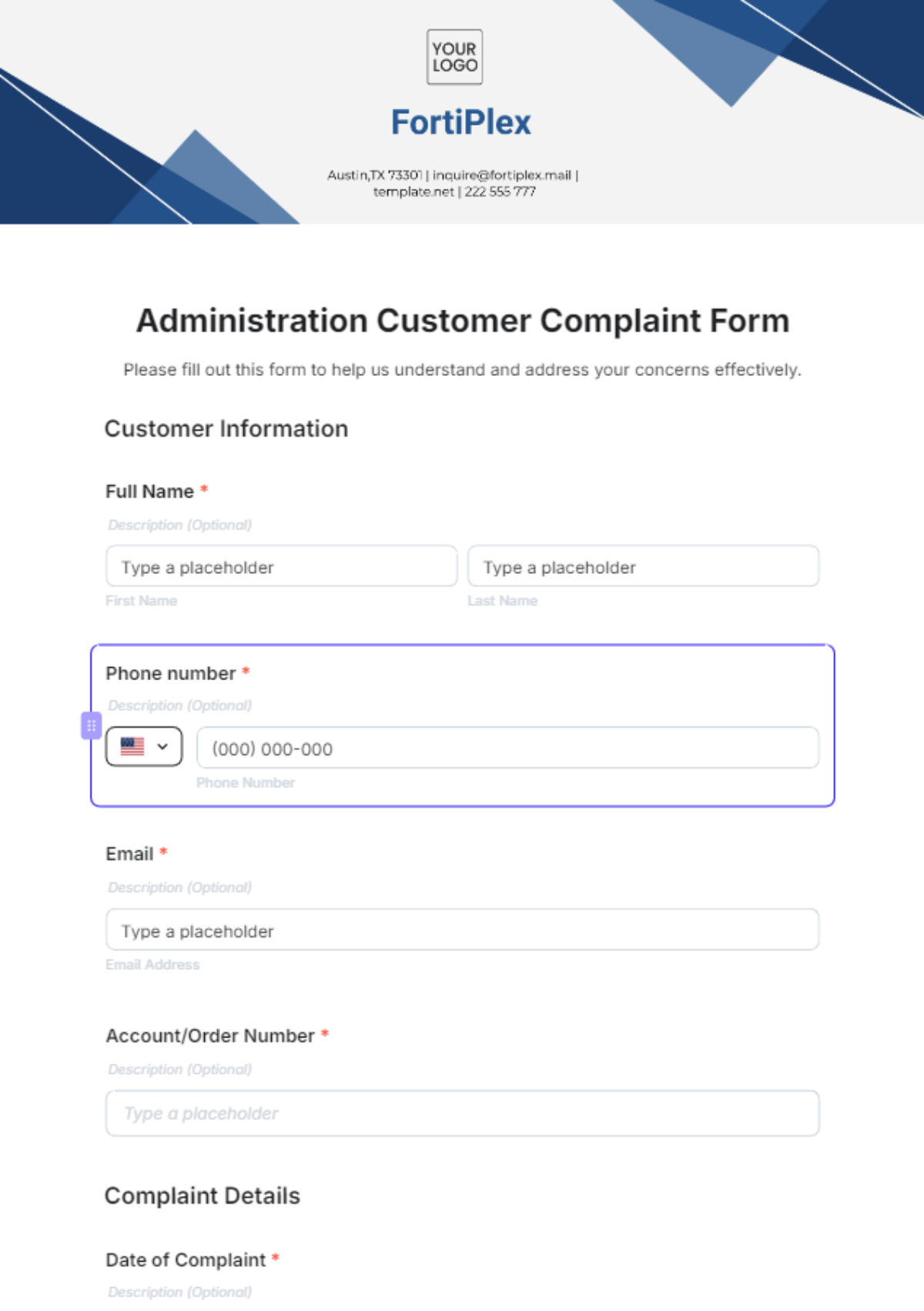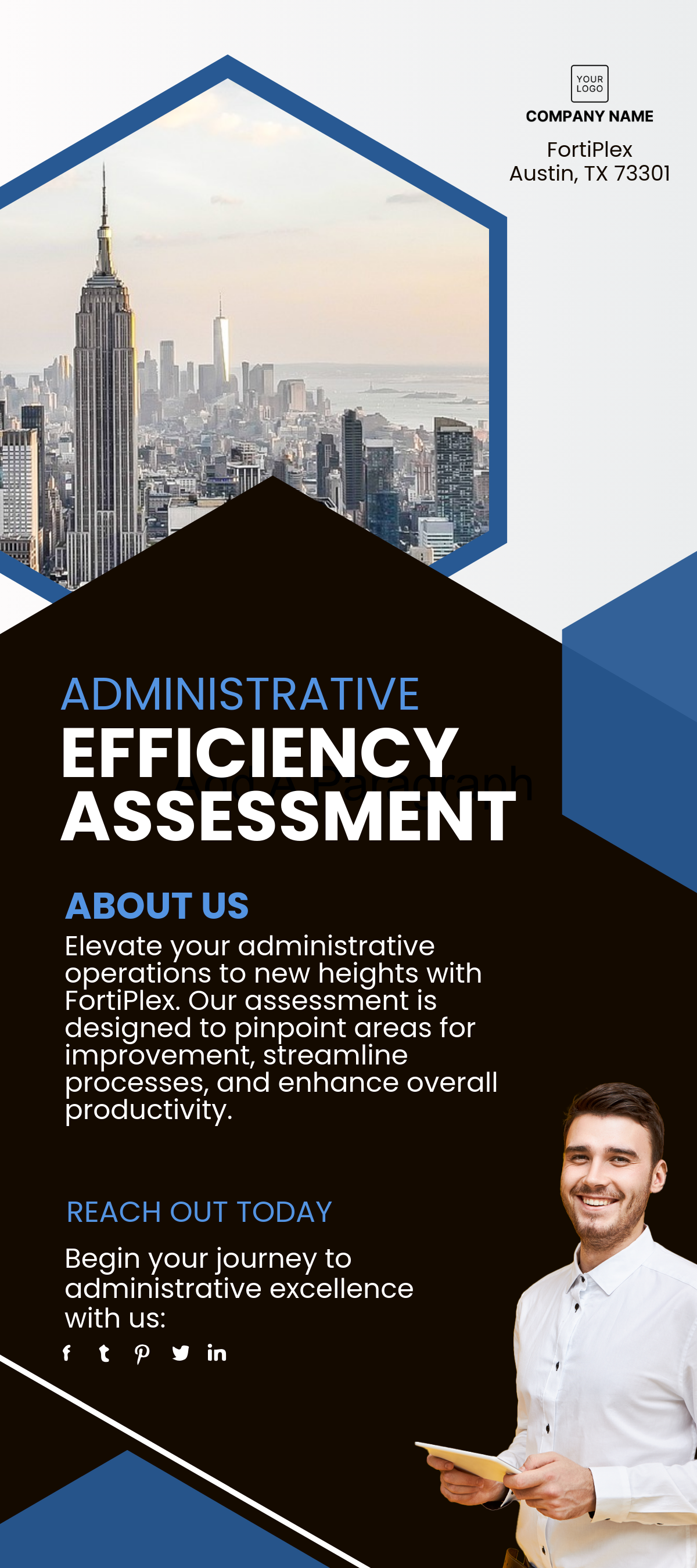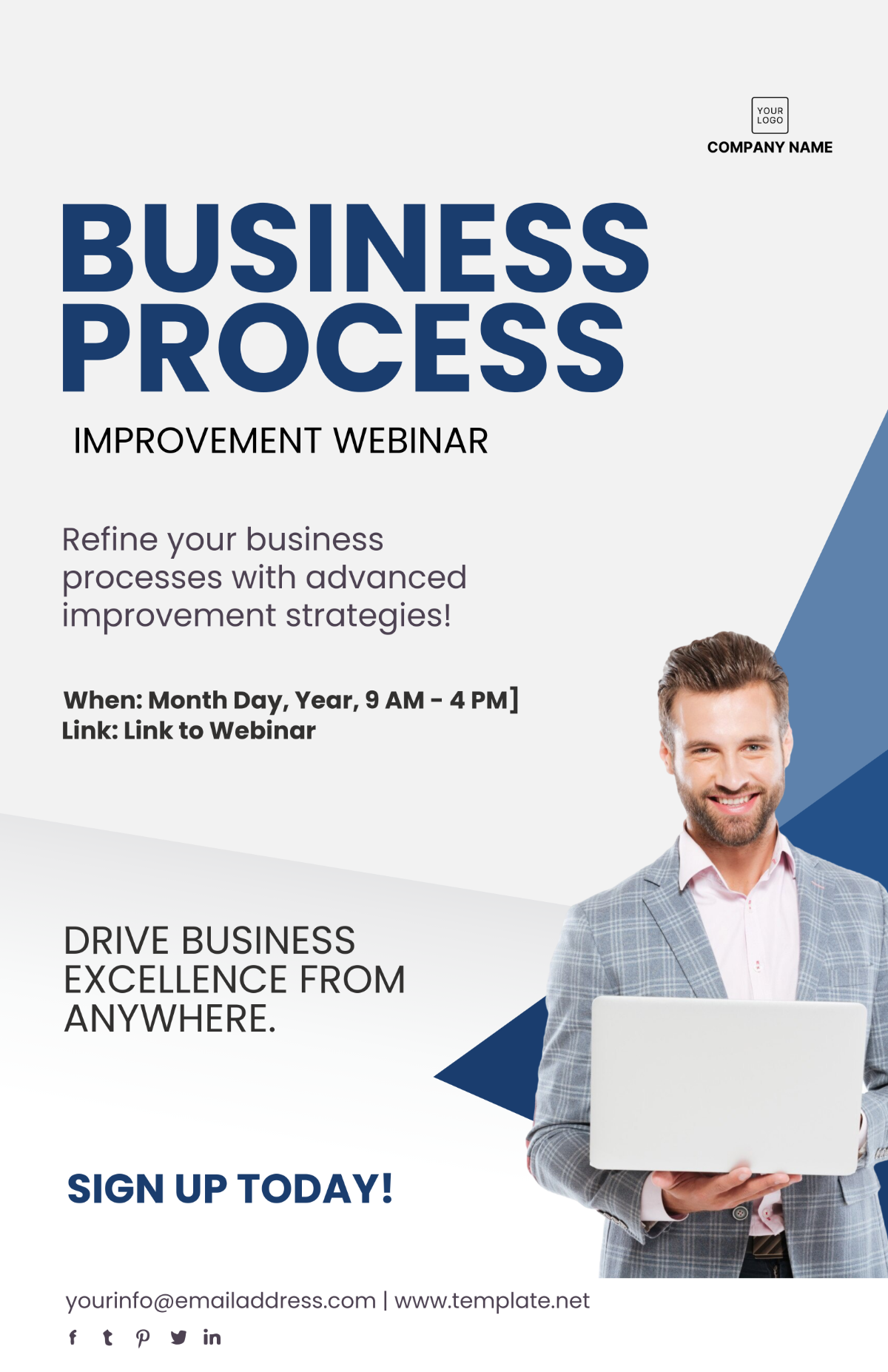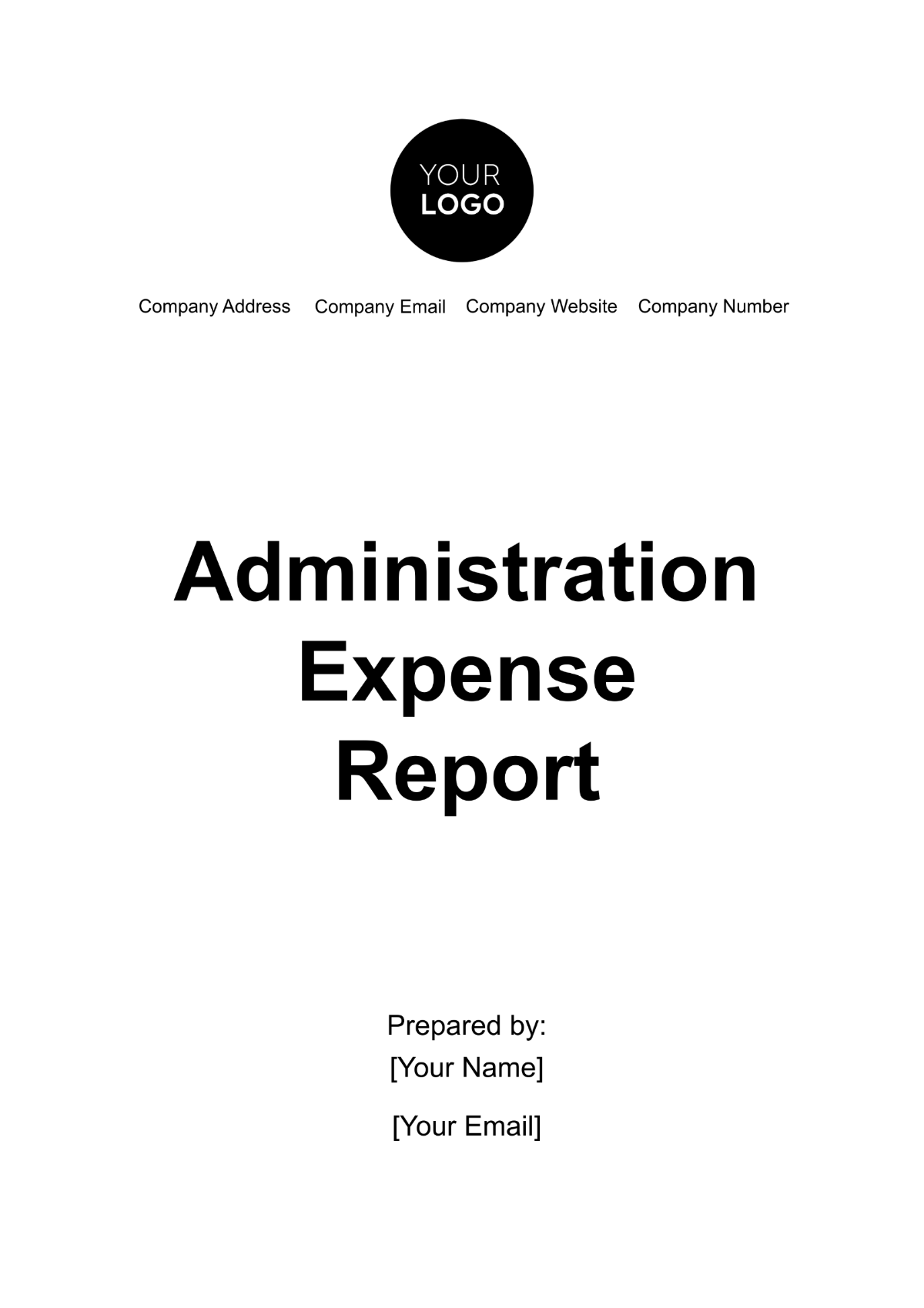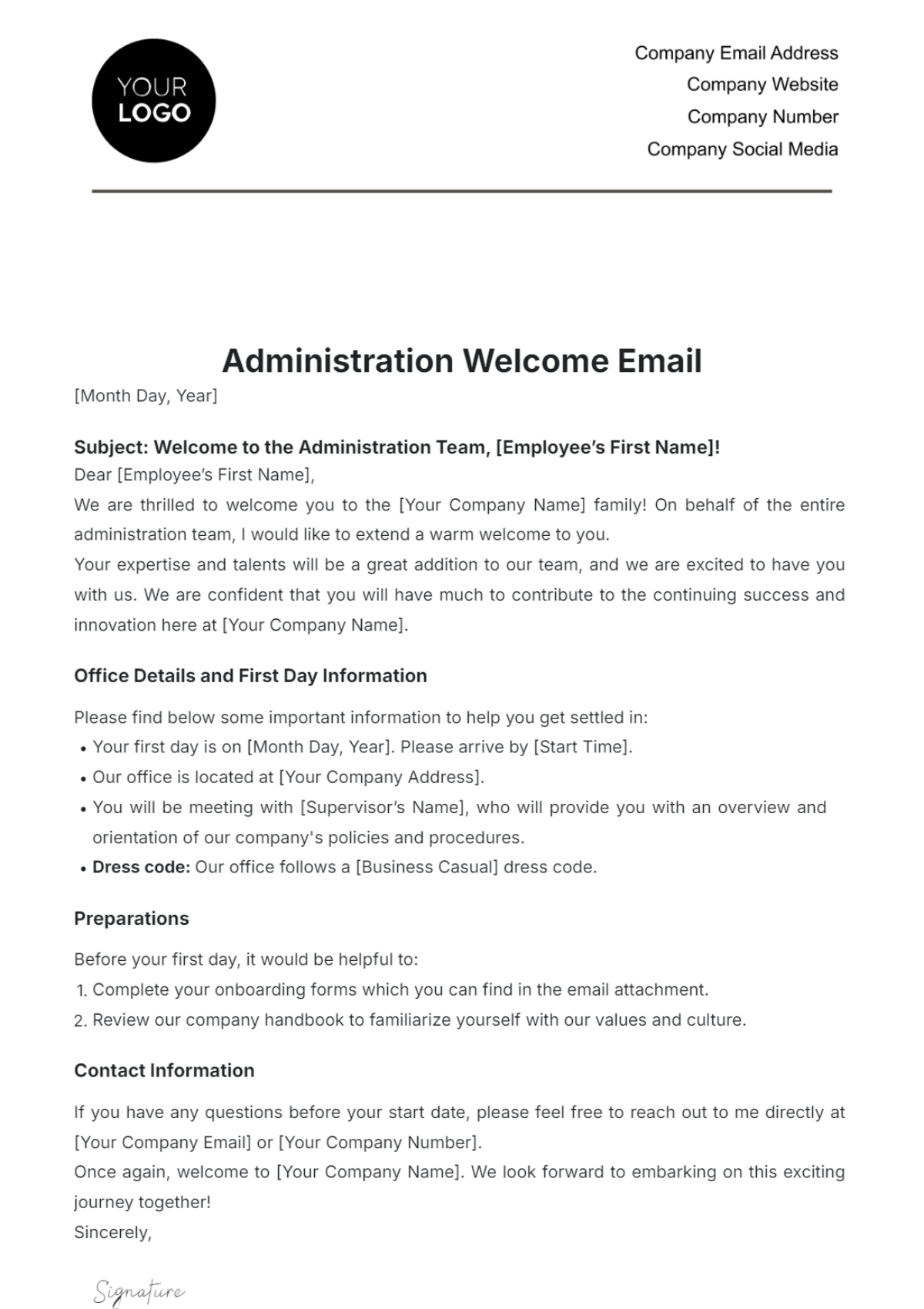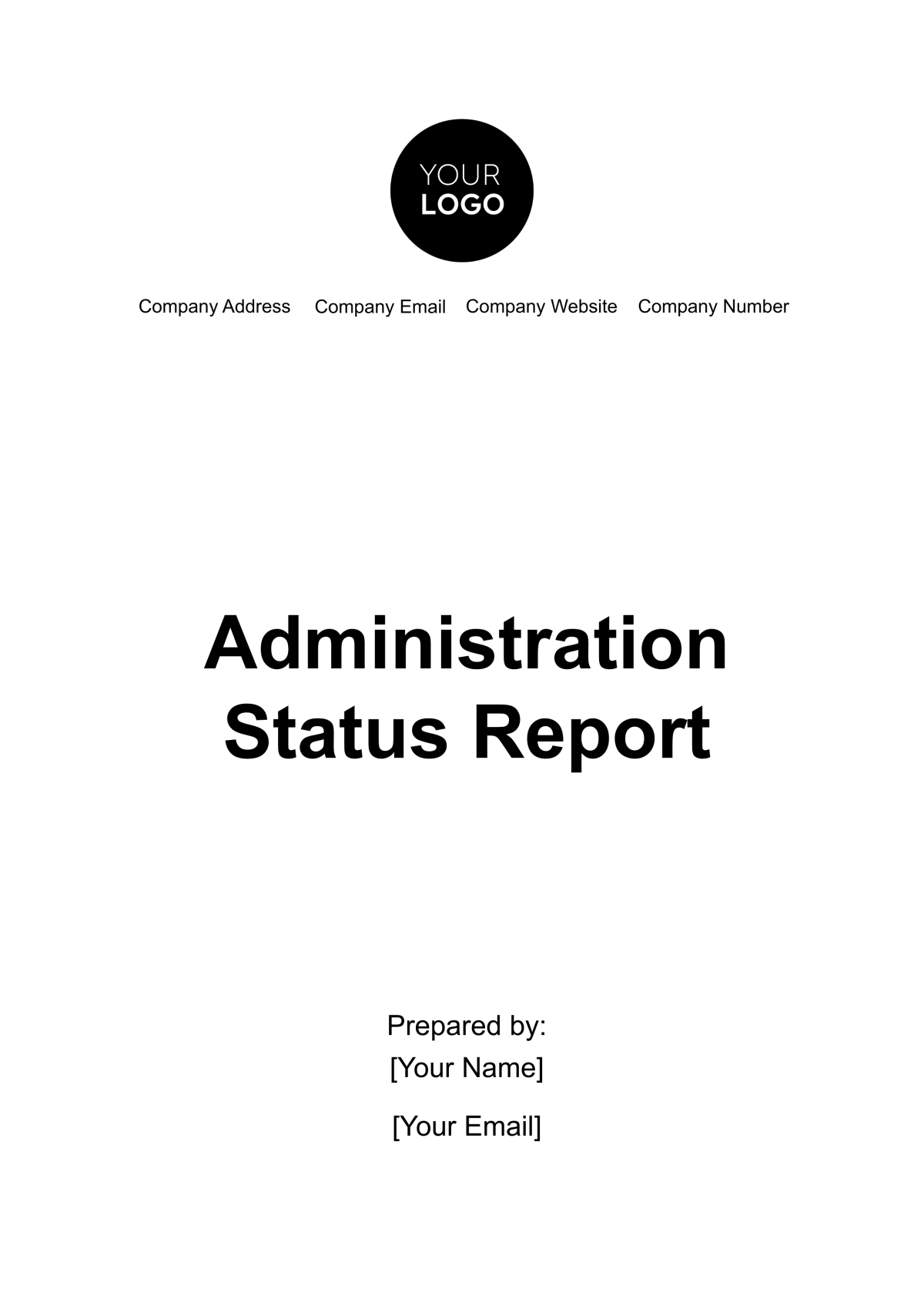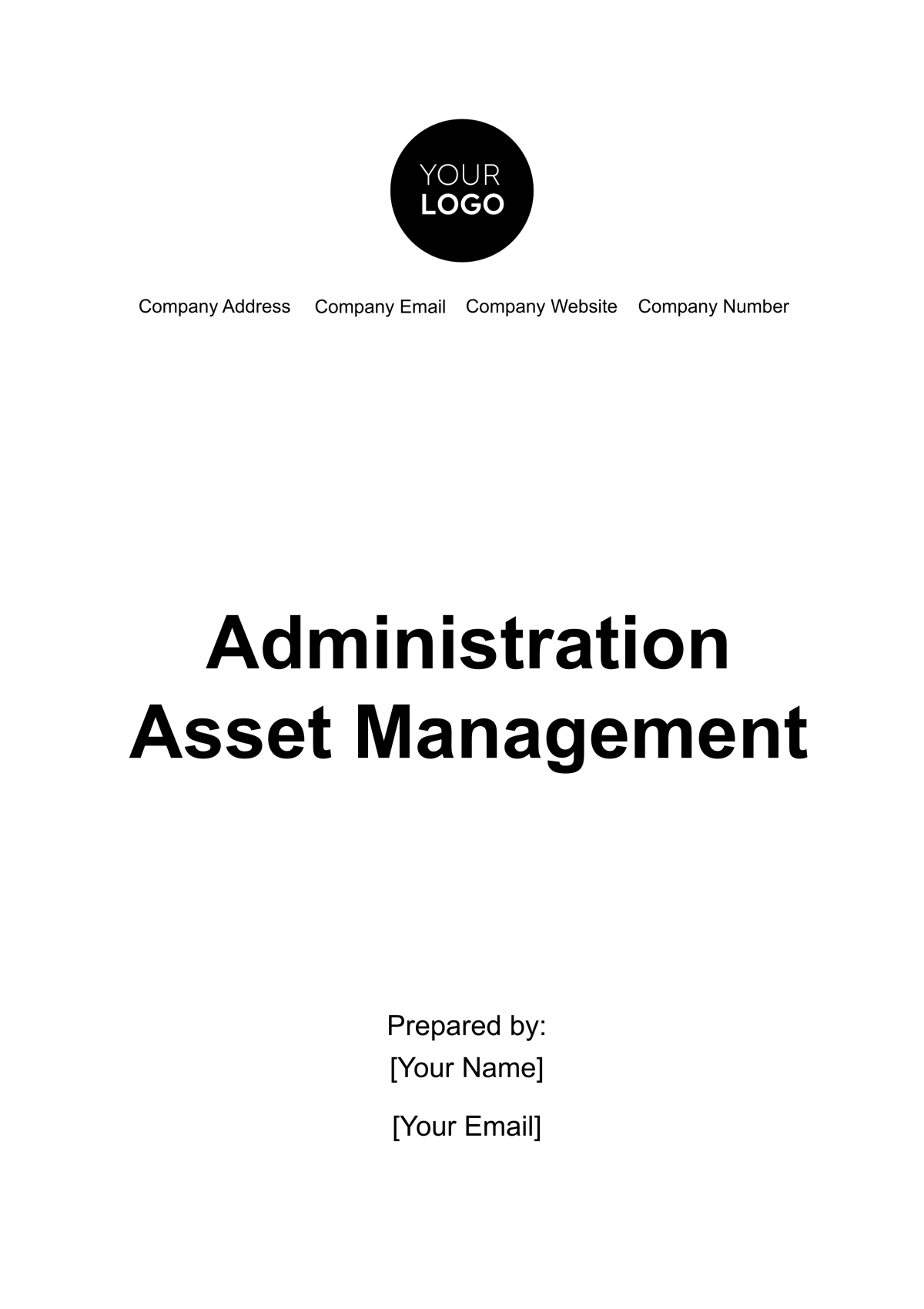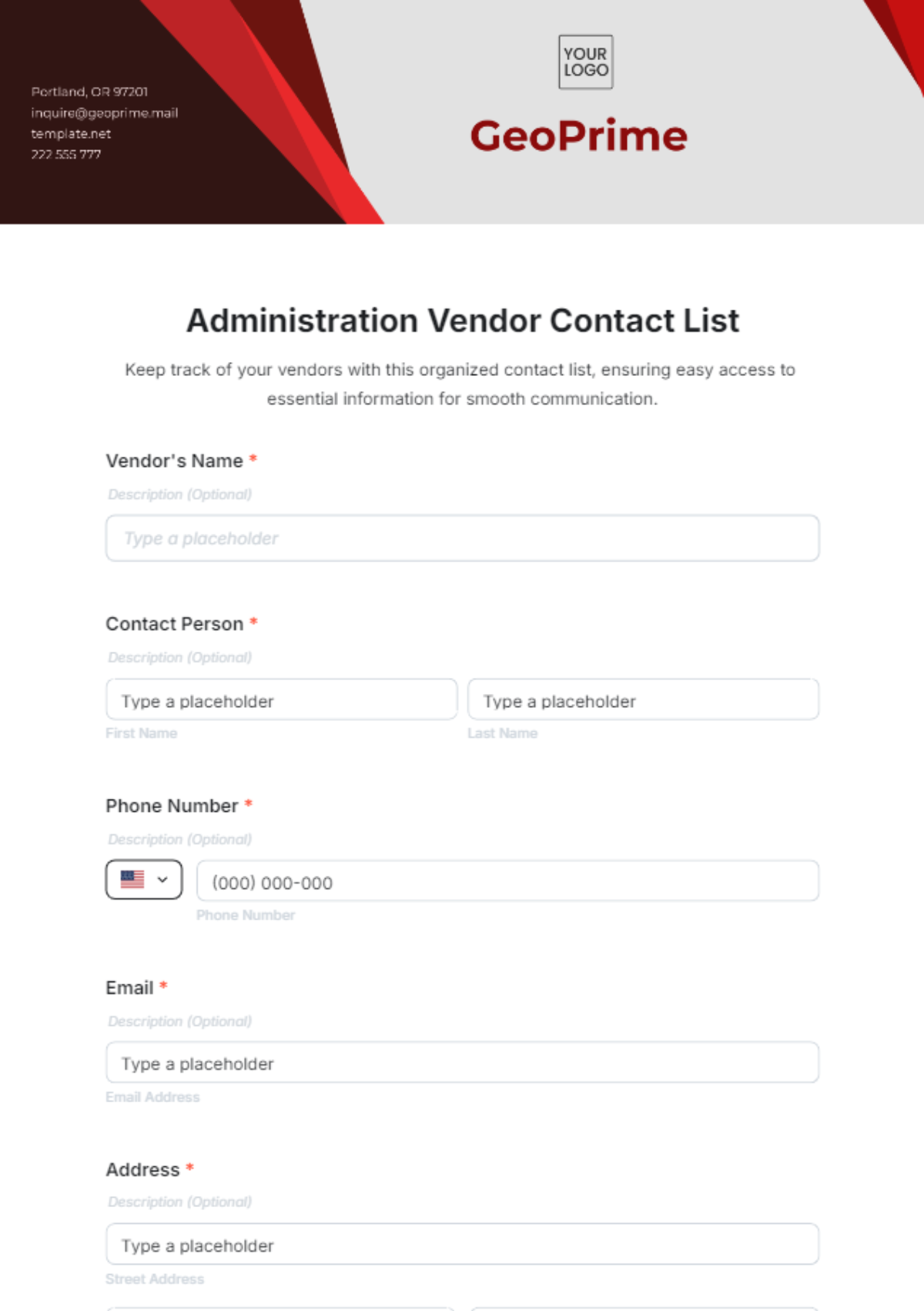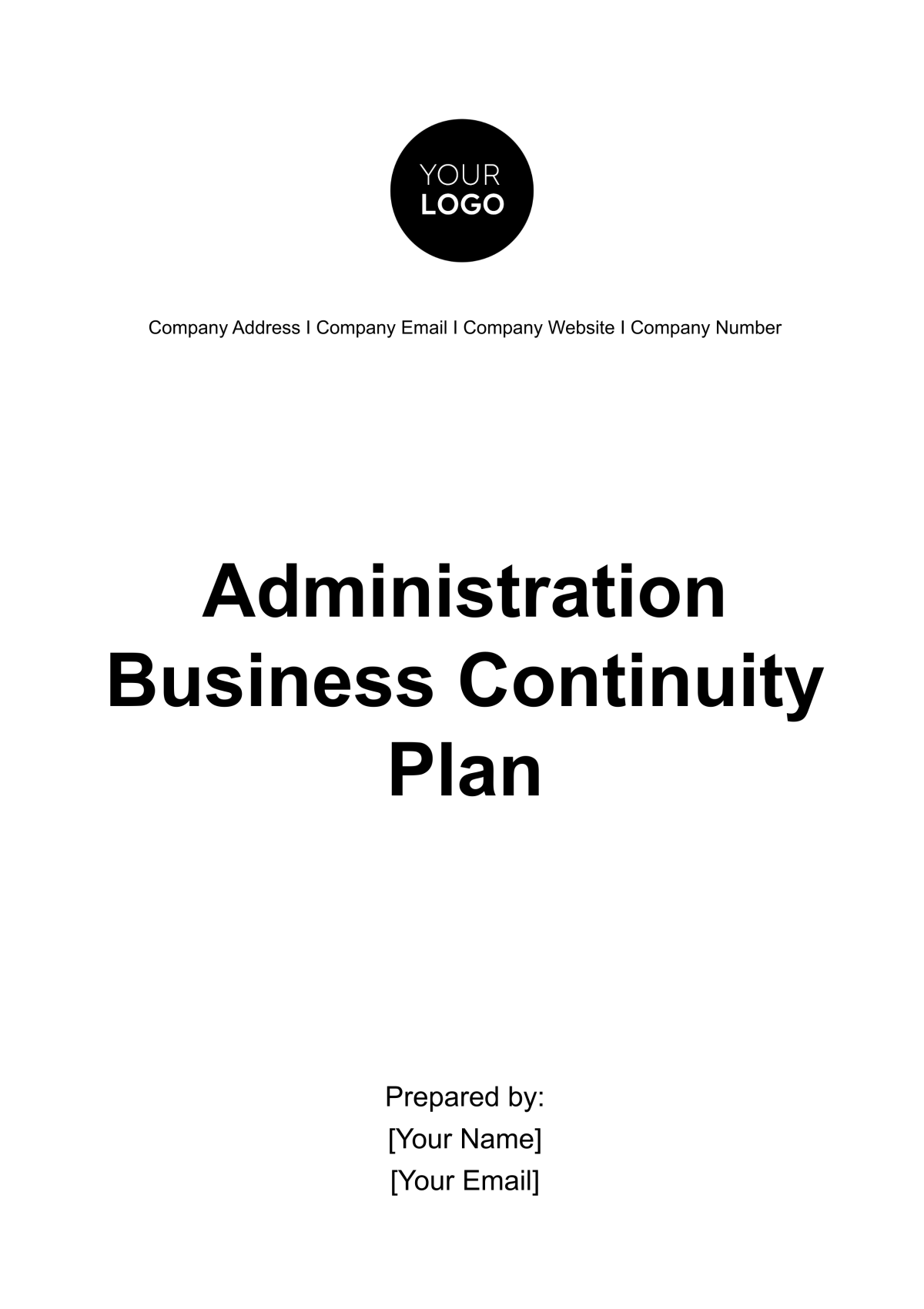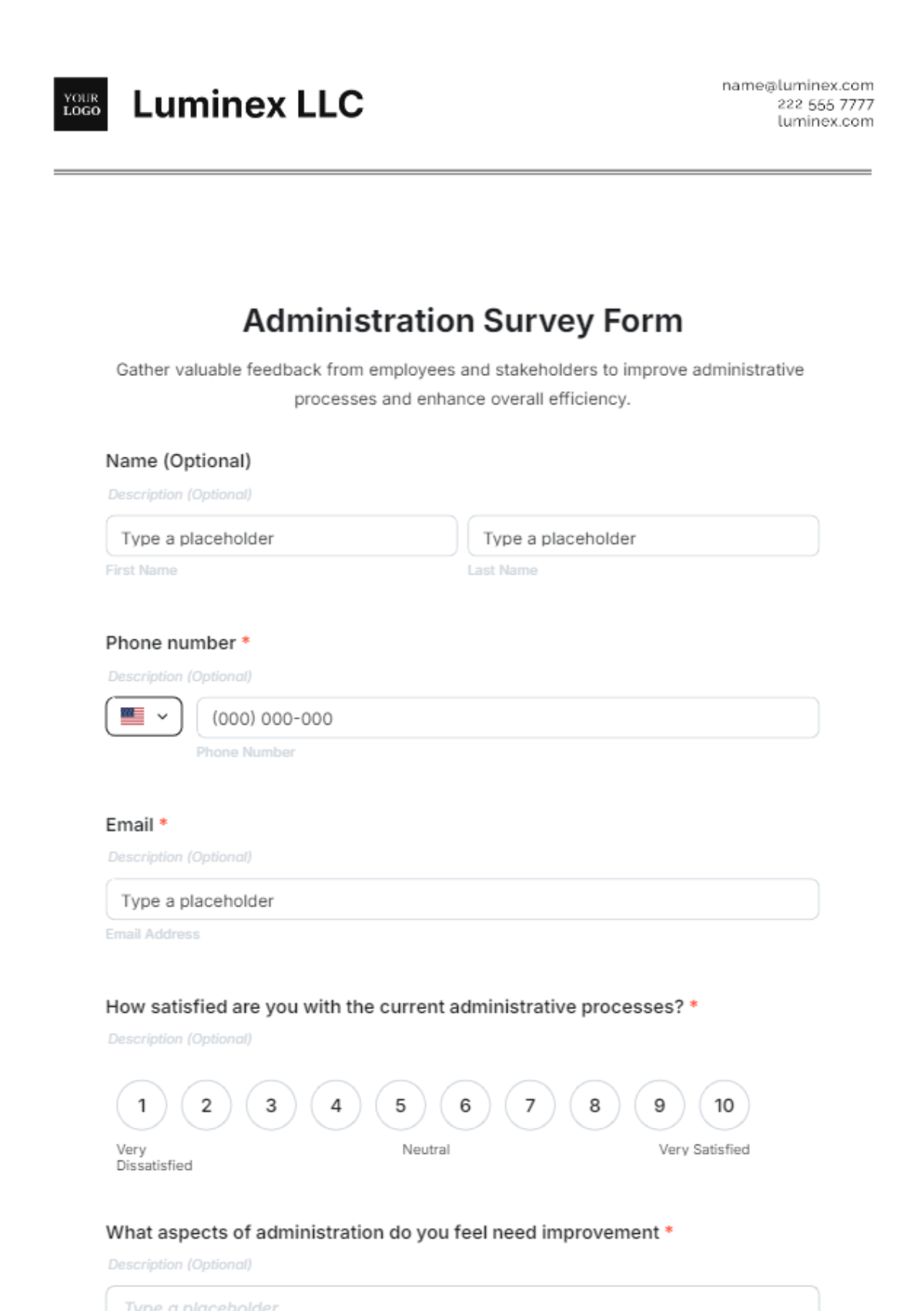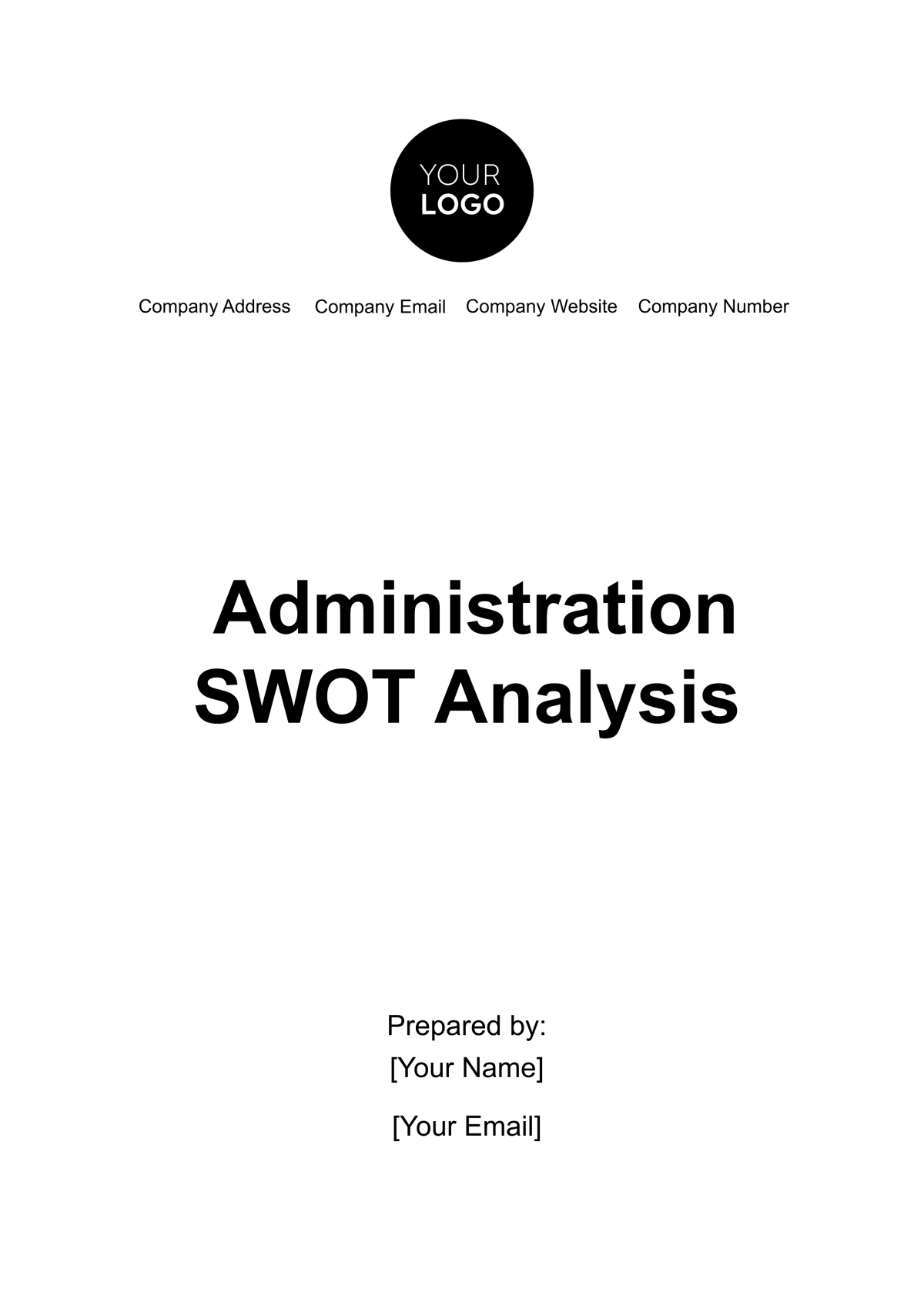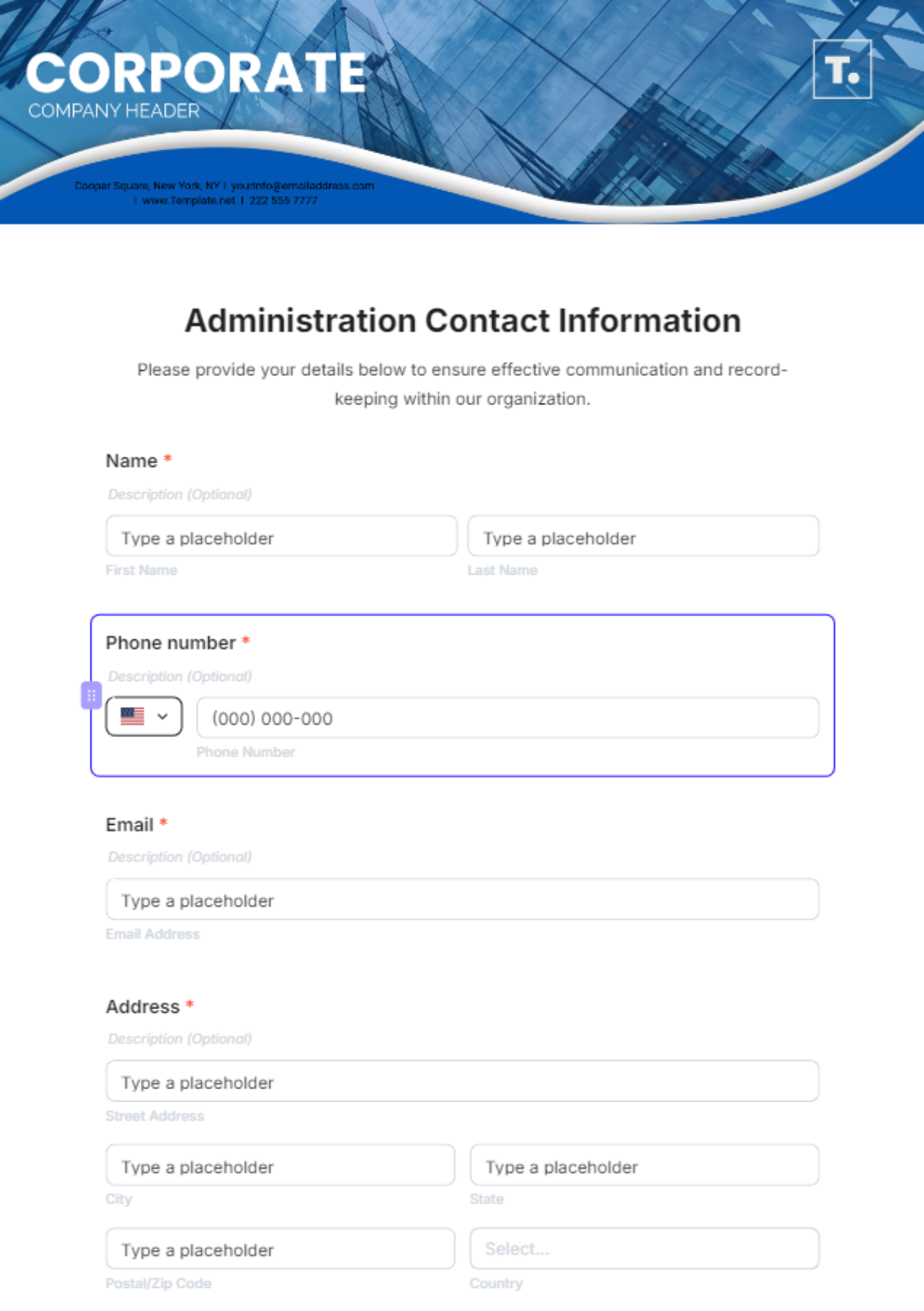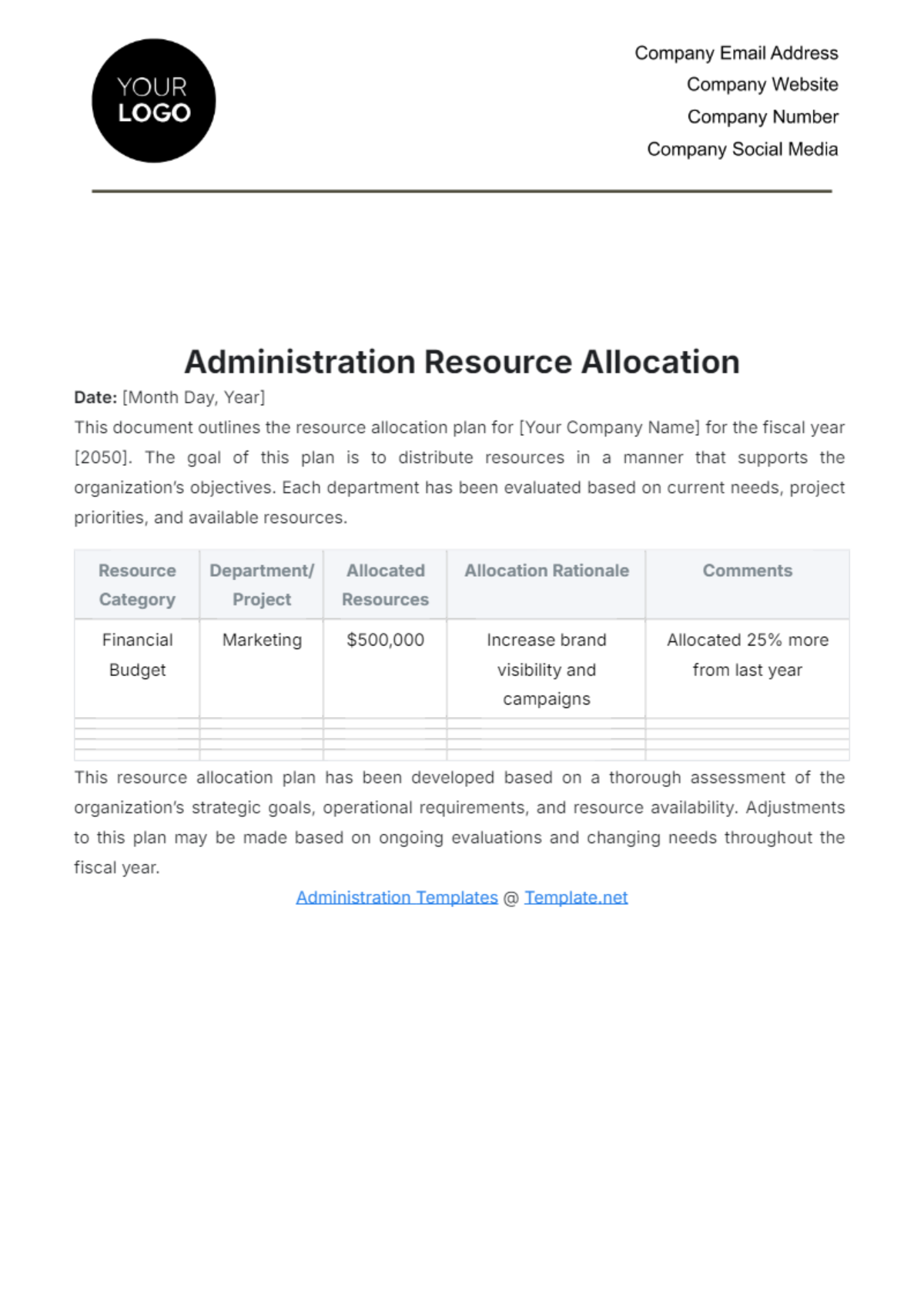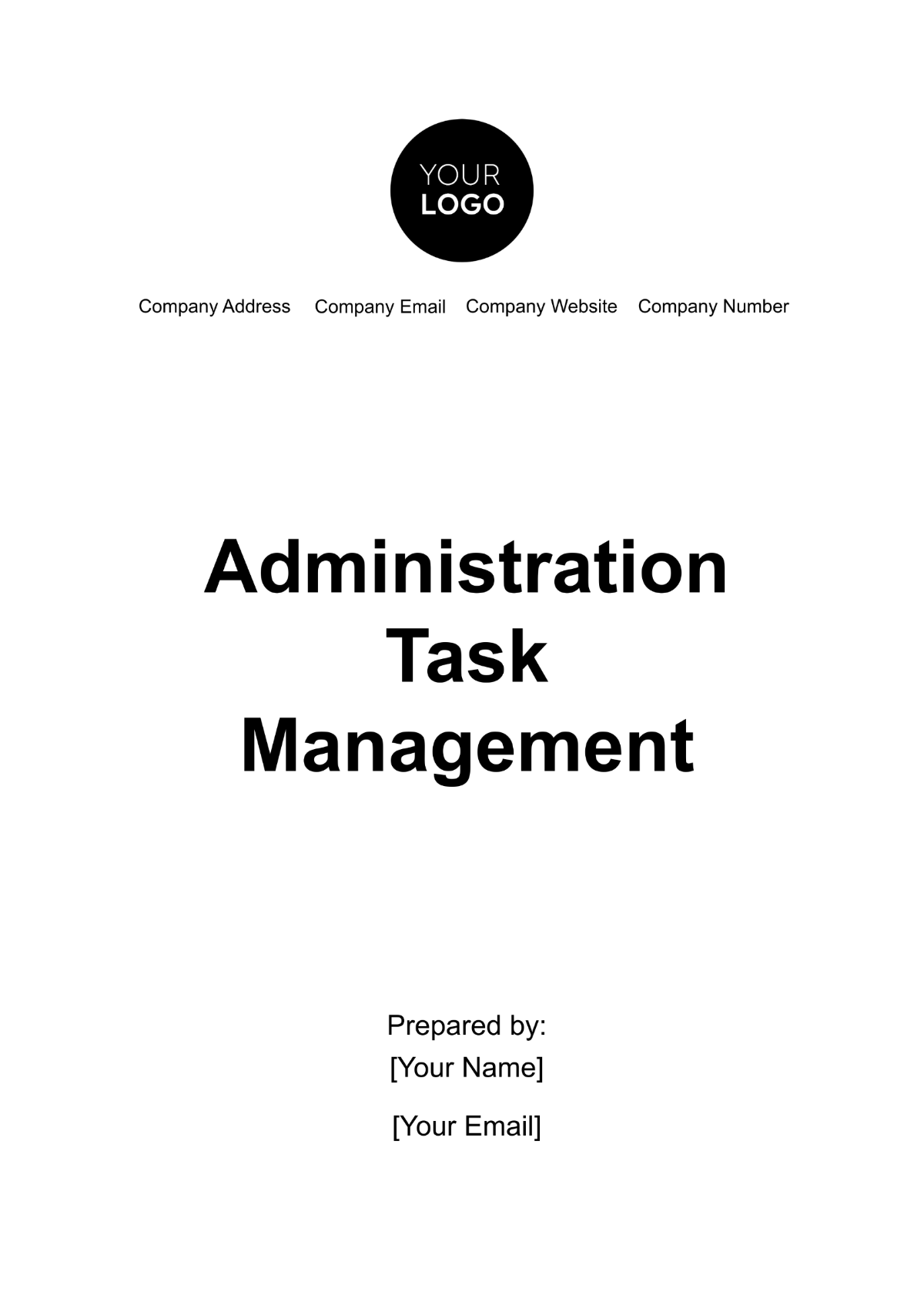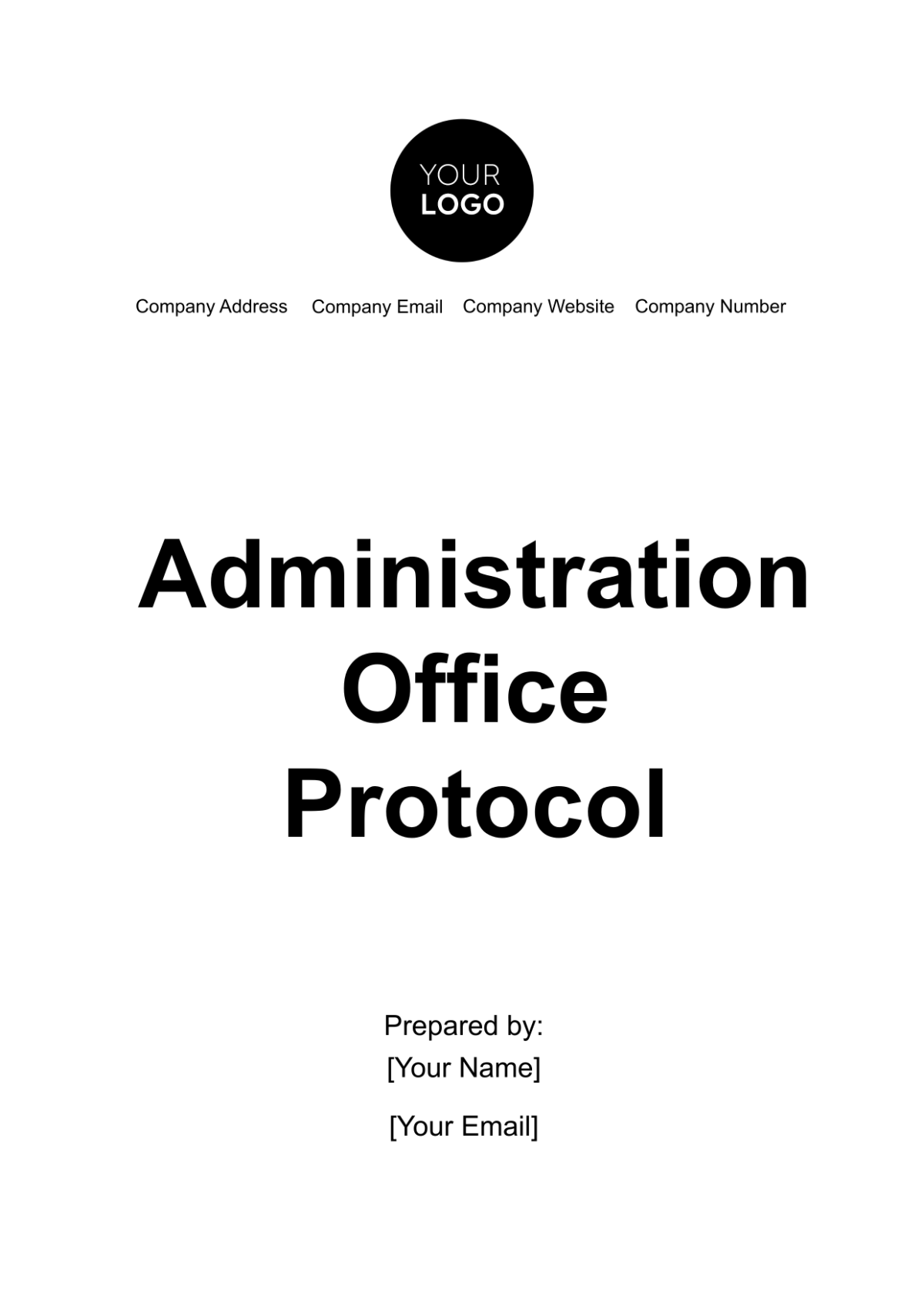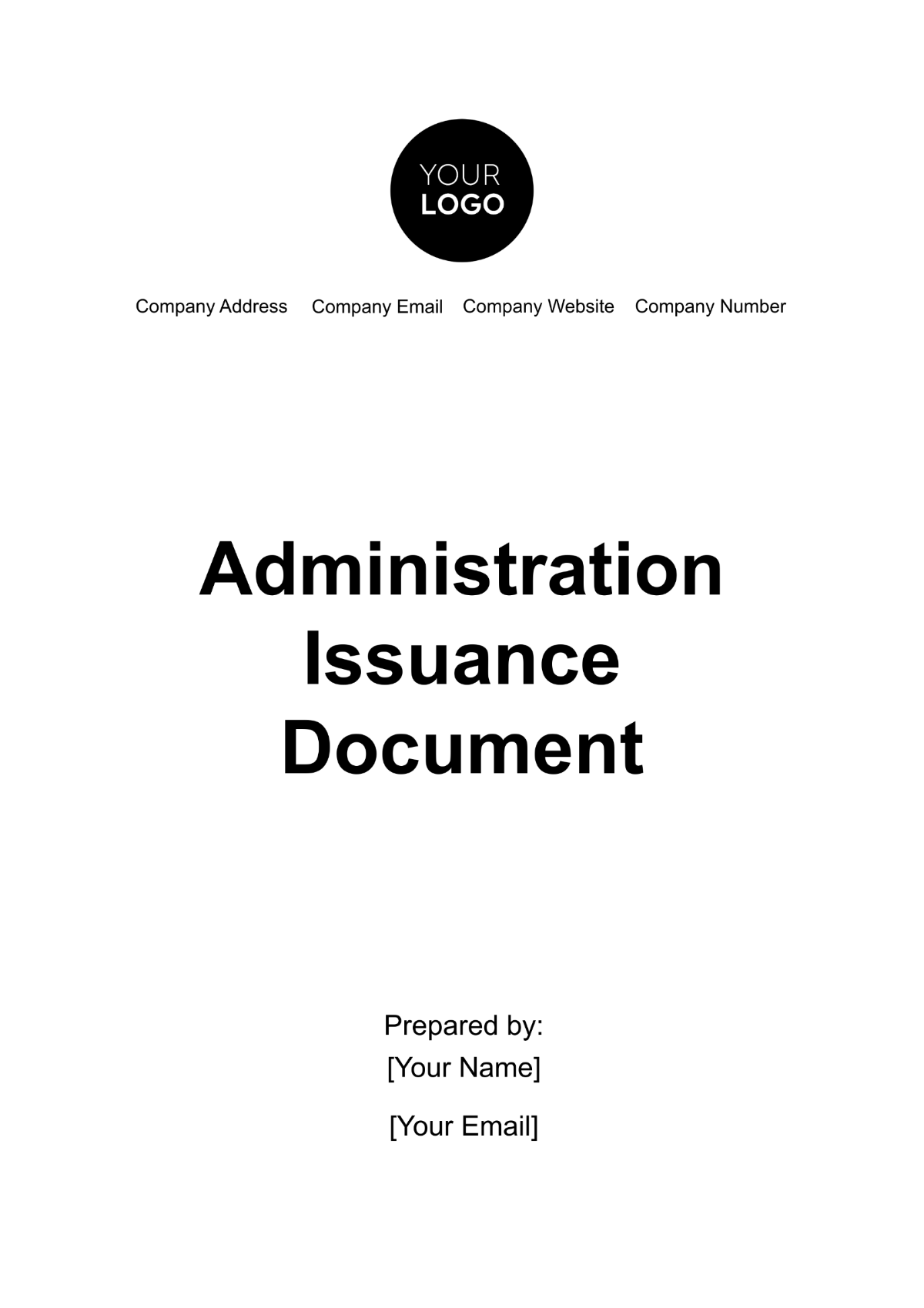Administration Task Management
I. Introduction
Effective administration task management is crucial for the smooth operation of [Your Company Name]. It ensures that daily activities are carried out efficiently, deadlines are met, and resources are utilized optimally. By establishing clear processes and responsibilities, we can enhance productivity and maintain a high standard of work. This document outlines the framework for managing administrative tasks within our organization, providing guidelines and best practices to streamline operations and support our business objectives.
At [Your Company Name], we recognize that well-defined task management processes contribute significantly to operational success. Our approach involves setting clear expectations, assigning roles, and monitoring progress to ensure that administrative tasks are completed on time and to the highest quality. This introduction serves as a foundational overview of our task management strategy, setting the stage for a more detailed exploration of specific procedures and responsibilities that will help drive our company’s success.
II. Roles and Responsibilities
Proper delineation of roles and responsibilities ensures that tasks are completed timely and effectively. Here is a comprehensive list of typical roles in administration task management:
Role | Responsibilities |
|---|---|
Administrative Manager | Oversees the day-to-day operations, ensuring all administrative functions are executed efficiently. |
Office Administrator | Manages office supplies, schedules appointments, and handles correspondence. |
Project Coordinator | Coordinates project schedules, resources, and communications. |
HR Administrator | Manages employee records, recruitment processes, and employee welfare. |
Finance Administrator | Handles financial transactions, budgeting, and financial reporting. |
III. Task Management Procedures
Adhering to structured procedures is essential for optimizing task management at [Your Company Name]. Our approach involves a systematic process to ensure tasks are identified, assigned, monitored, and reviewed effectively.
Task Identification involves clearly defining the tasks that need to be accomplished. This step includes assessing organizational goals, prioritizing tasks based on urgency and importance, and breaking larger projects into manageable components. A well-defined task ensures that team members understand what needs to be done and the expected outcomes. Task identification also involves setting clear objectives and deadlines to guide the execution process.
Task Assignment is the process of allocating tasks to appropriate team members. This involves considering each individual's skills, experience, and current workload to ensure that tasks are assigned to those best equipped to handle them. Clear instructions and expectations should be provided to avoid ambiguity. Effective task assignment also includes setting realistic deadlines and ensuring that team members have the resources and support needed to complete their tasks successfully.
Task Monitoring and Tracking involves continuously overseeing the progress of assigned tasks. This includes regular check-ins to assess whether tasks are on track, identifying potential issues, and providing support or adjustments as necessary. Utilizing task management software or tracking tools can facilitate this process by offering real-time updates and status reports.
Reporting and Documentation require keeping detailed records of task progress, challenges encountered, and outcomes achieved. This documentation is vital for accountability and for analyzing performance. Regular reports should be generated to keep stakeholders informed and to provide a basis for future improvements.
Task Review and Feedback is the final step in the task management process. It involves evaluating the completed tasks against the initial objectives and providing constructive feedback to team members. This review helps identify areas for improvement and recognizes achievements, fostering a culture of continuous improvement and learning at [Your Company Name].
IV. Task Prioritization
Effective task prioritization helps in managing time and resources efficiently. The following table provides a sample prioritization matrix:
Priority Level | Criteria | Examples of Tasks |
|---|---|---|
High | Urgent and Important | Project Deadlines, Critical Meetings |
Medium | Important but Not Urgent | Regular Reports, Staff Training |
Low | Neither Urgent Nor Important | Routine Paperwork, Non-essential Meetings |
V. Tools and Technologies
Leveraging modern tools and technologies can streamline administration task management processes. Essential tools include:
Project Management Software: Tools like Trello, Asana, and Microsoft Project help in planning, scheduling, and tracking tasks.
Communication Platforms: Tools like Slack, Zoom, and Microsoft Teams facilitate effective communication and collaboration.
Document Management Systems: Software like Google Drive and SharePoint ensure secure and organized document storage and sharing.
Time Management Tools: Applications like Toggl and RescueTime assist in efficient time tracking and management.
VI. Best Practices
Implementing best practices can enhance the efficacy of administration task management. Some recommended practices include:
Setting clear and achievable goals.
Establishing regular communication channels.
Maintaining updated and accurate records.
Encouraging teamwork and collaboration.
Conducting regular training and development sessions.
VII. Conclusion
Efficient administration task management is essential for the success and smooth operation of [Your Company Name]. By establishing clear roles and responsibilities, adhering to well-defined procedures, and prioritizing tasks effectively, we create a foundation for high performance and productivity. Structured task management ensures that every team member understands their duties and deadlines, reducing the risk of oversight and enhancing overall efficiency. Leveraging modern tools and technologies further supports these efforts by providing real-time tracking, facilitating communication, and streamlining processes.
Implementing best practices in task management not only improves organizational effectiveness but also fosters a positive work environment. Regular monitoring and feedback enable continuous improvement and adaptability, ensuring that tasks are completed to the highest standards. At [Your Company Name], our commitment to efficient administration task management translates into better resource utilization, timely project completion, and a stronger alignment with our strategic goals. By embracing these principles, we position ourselves for long-term success and operational excellence.
